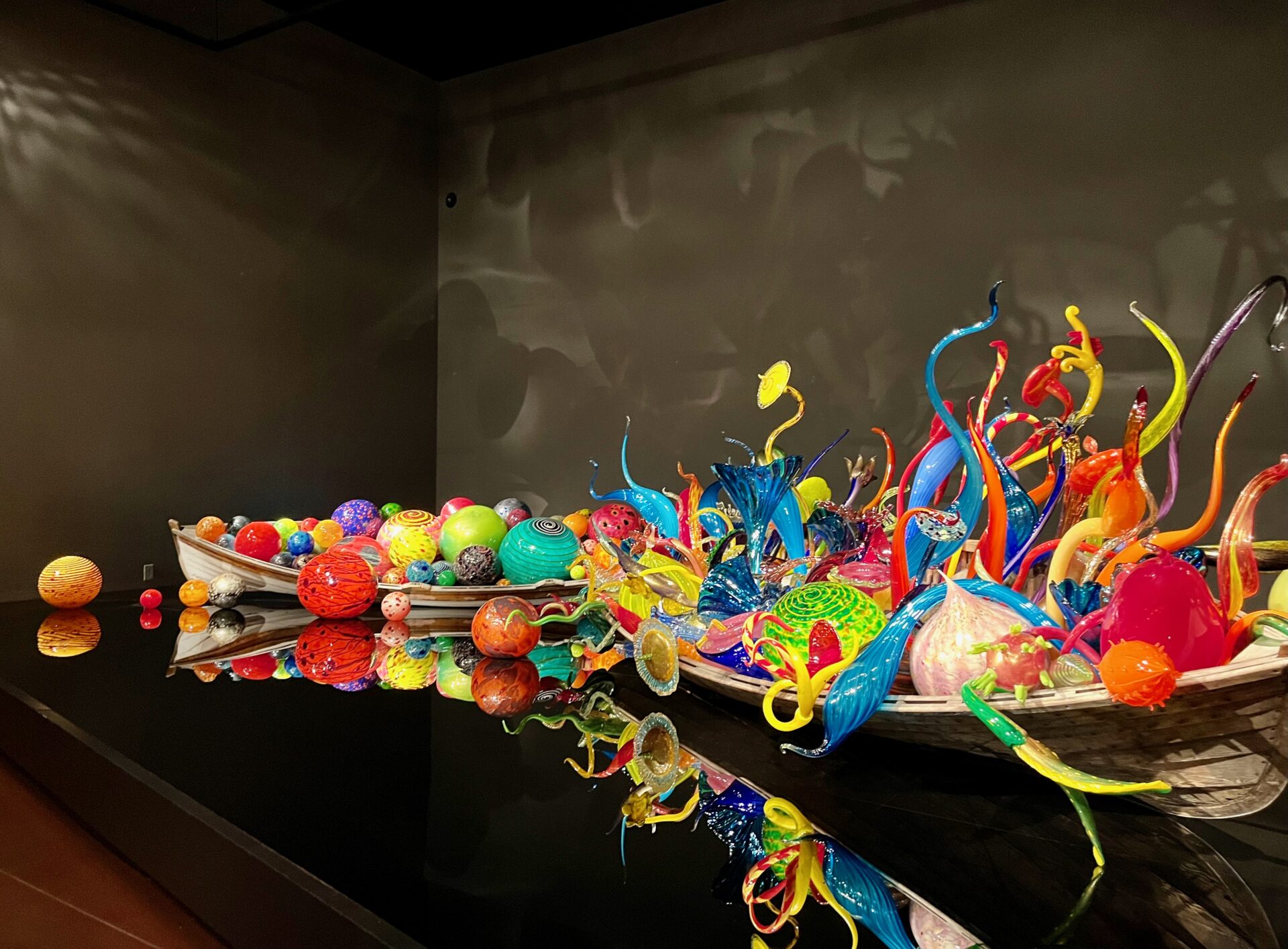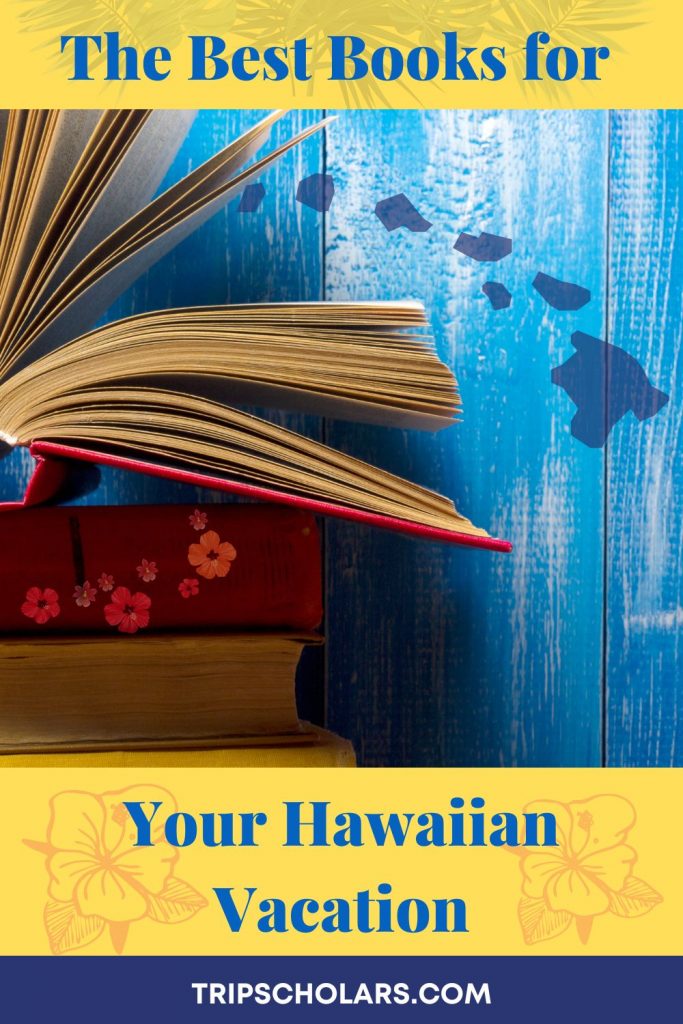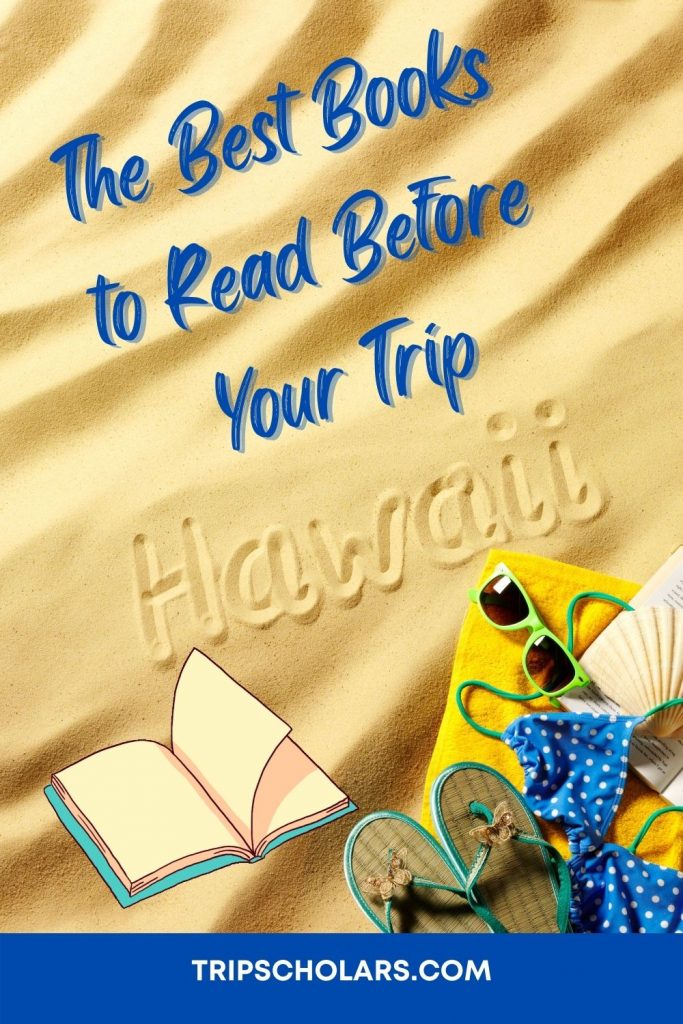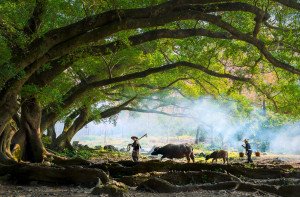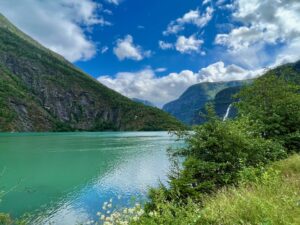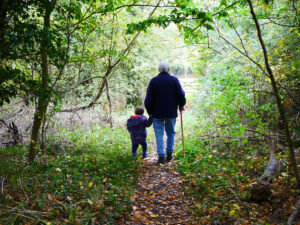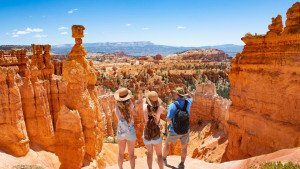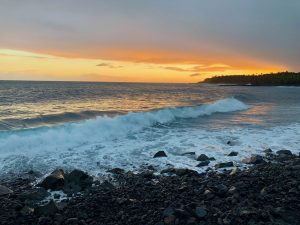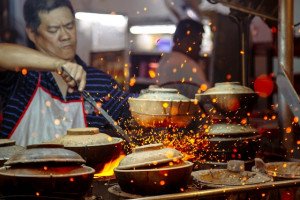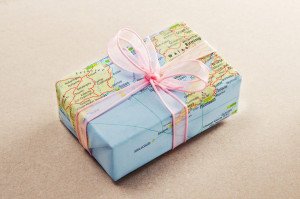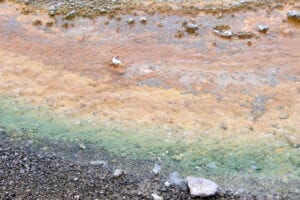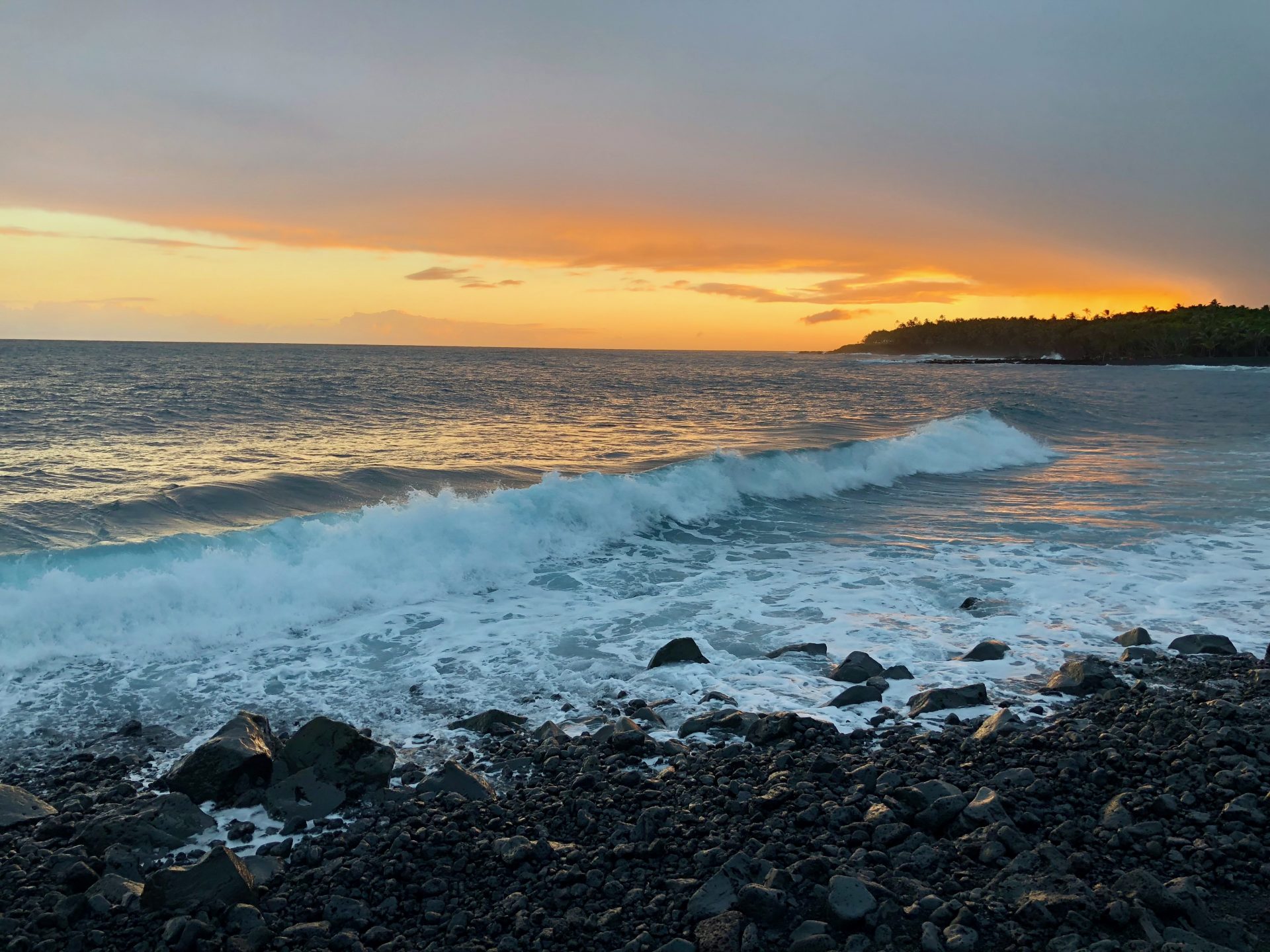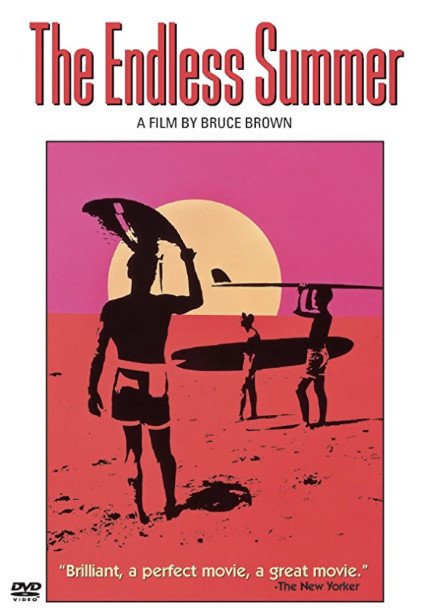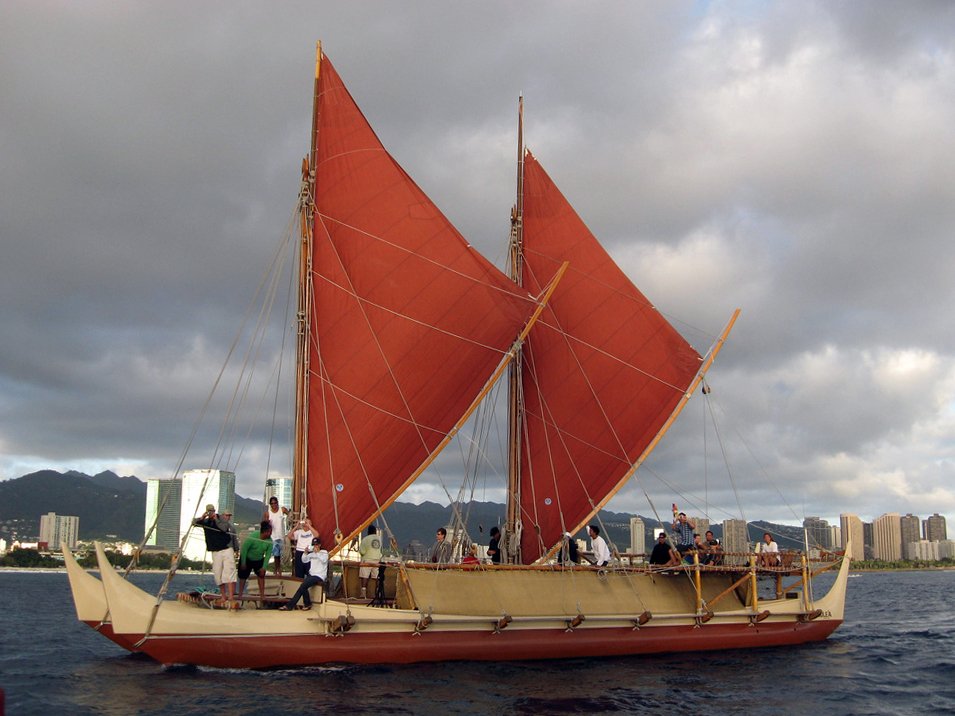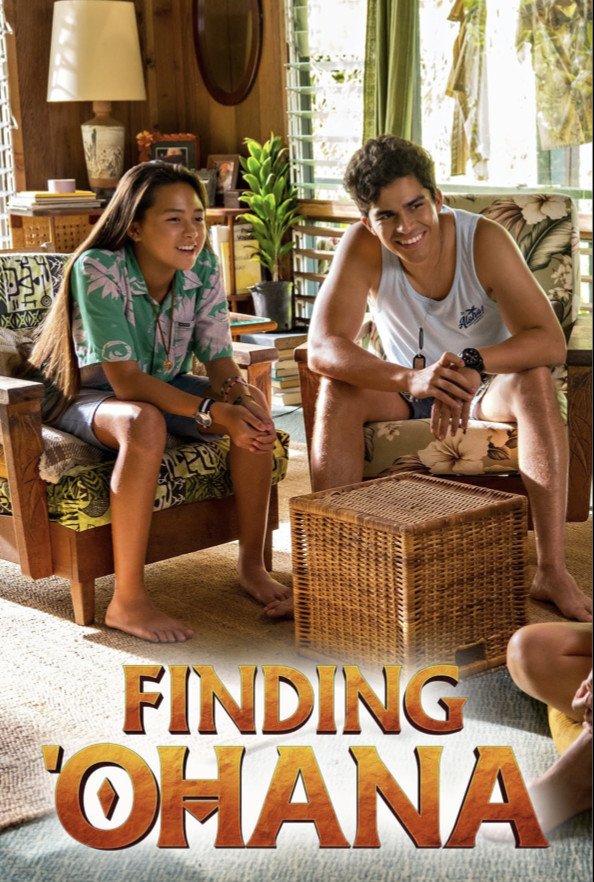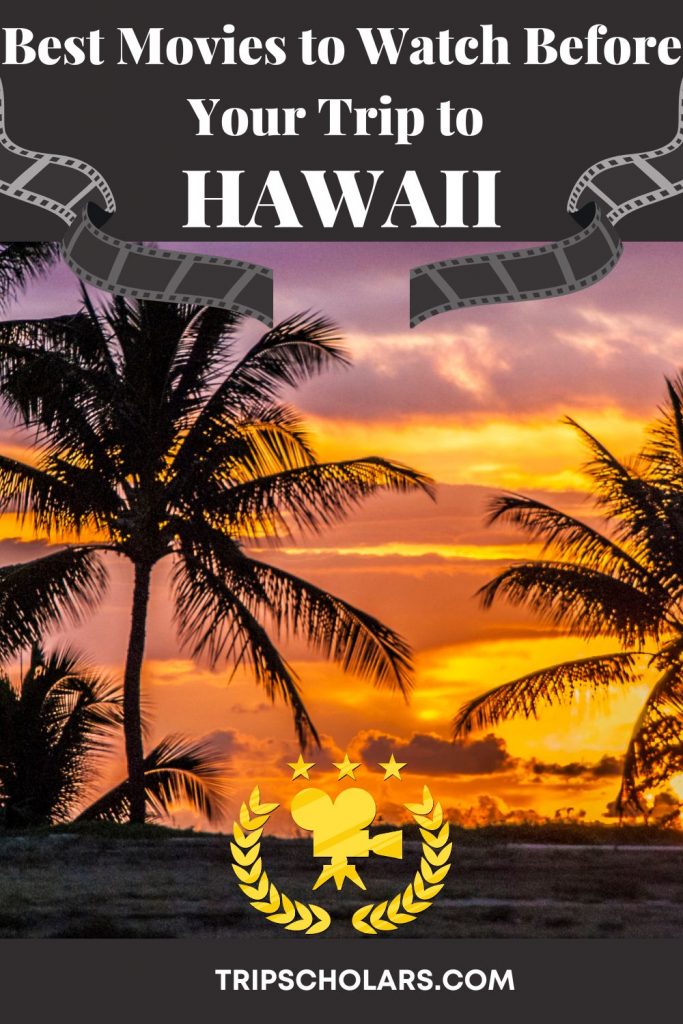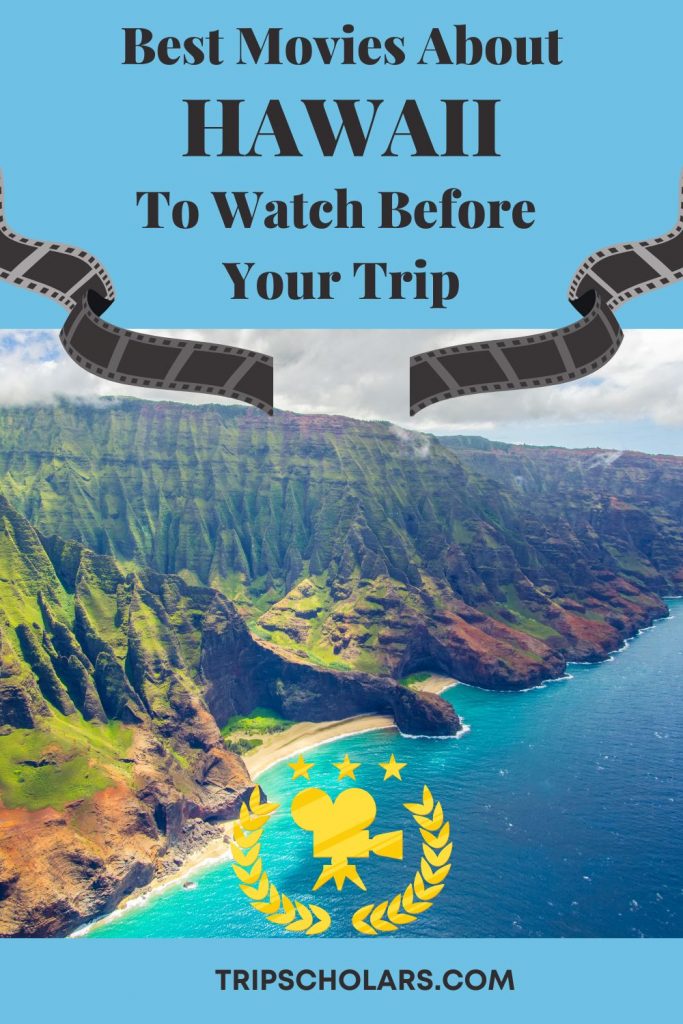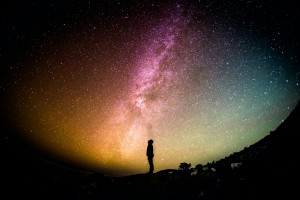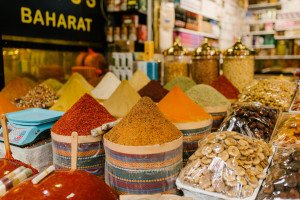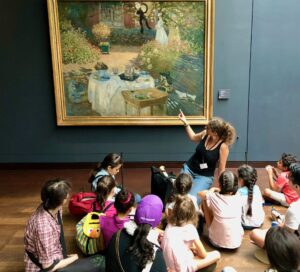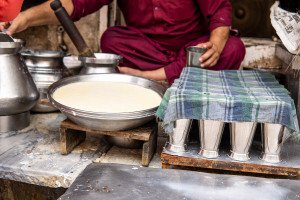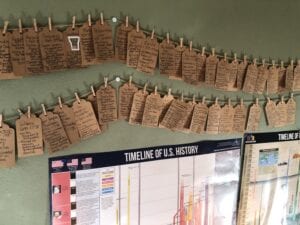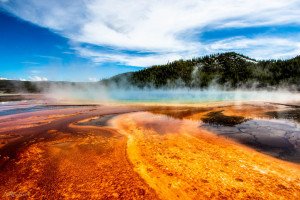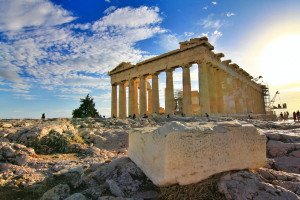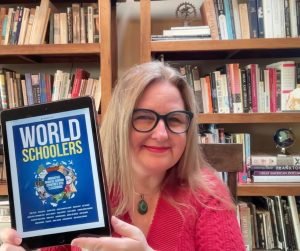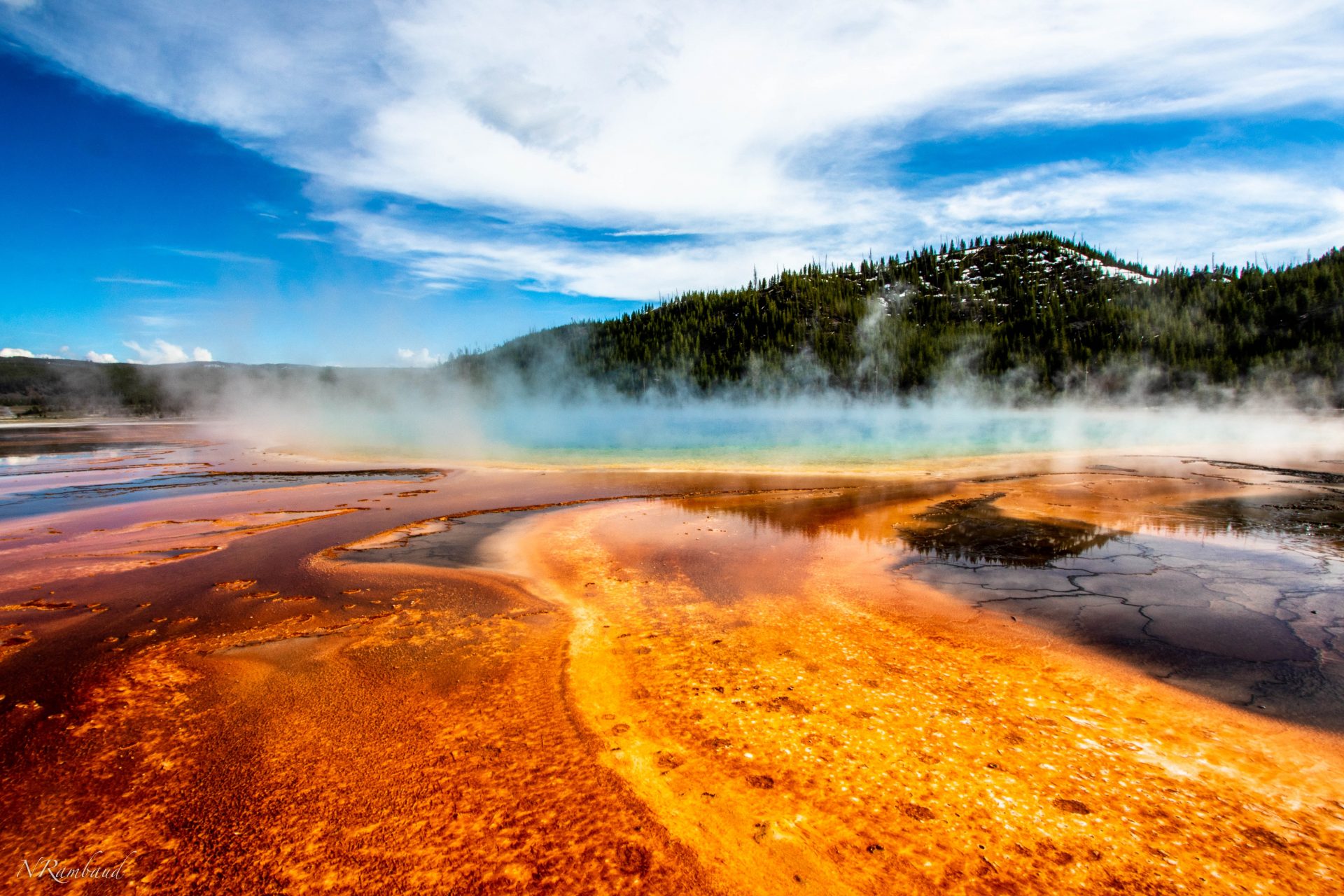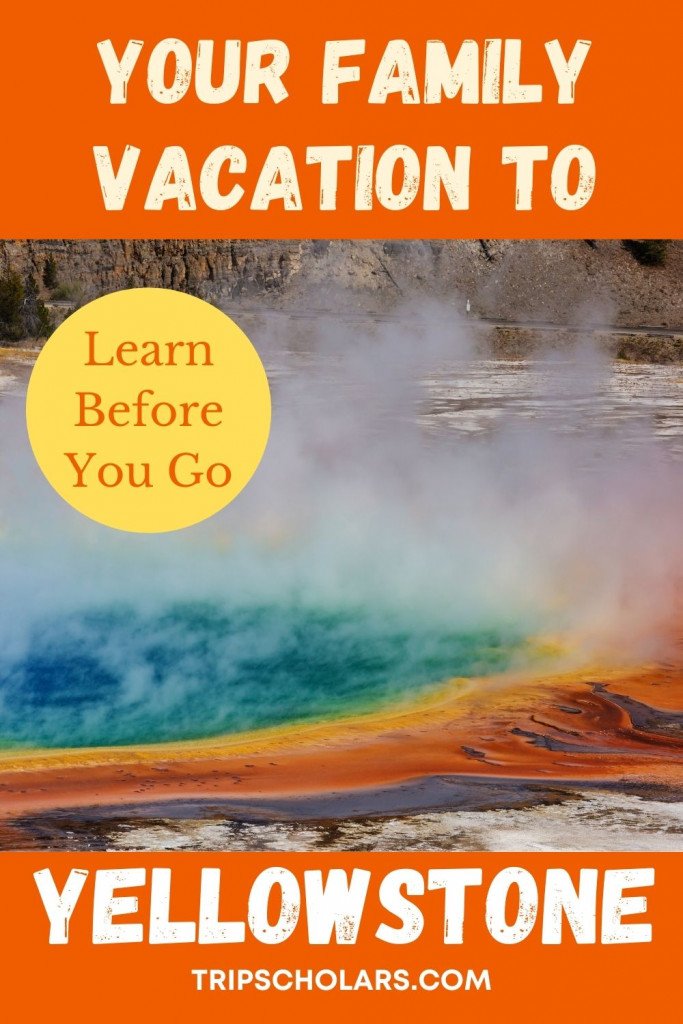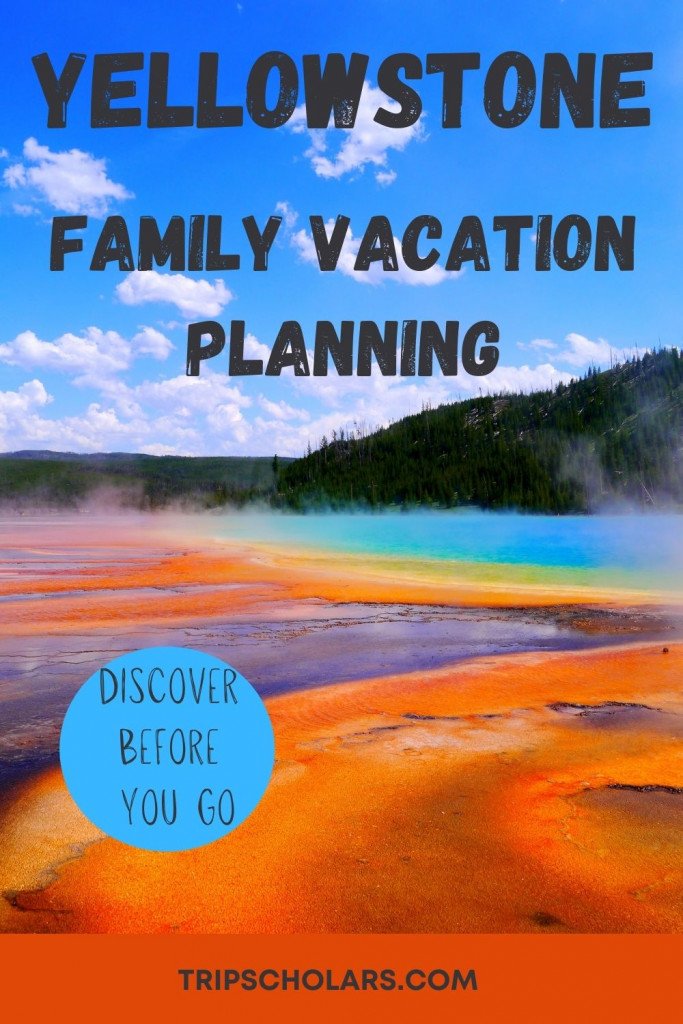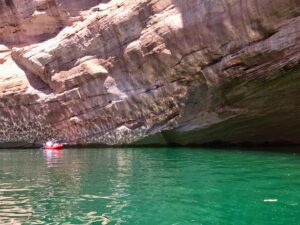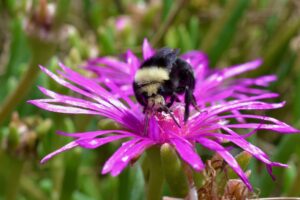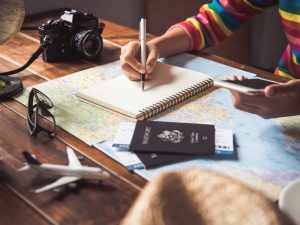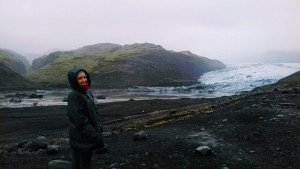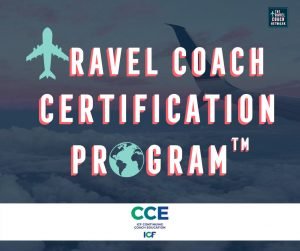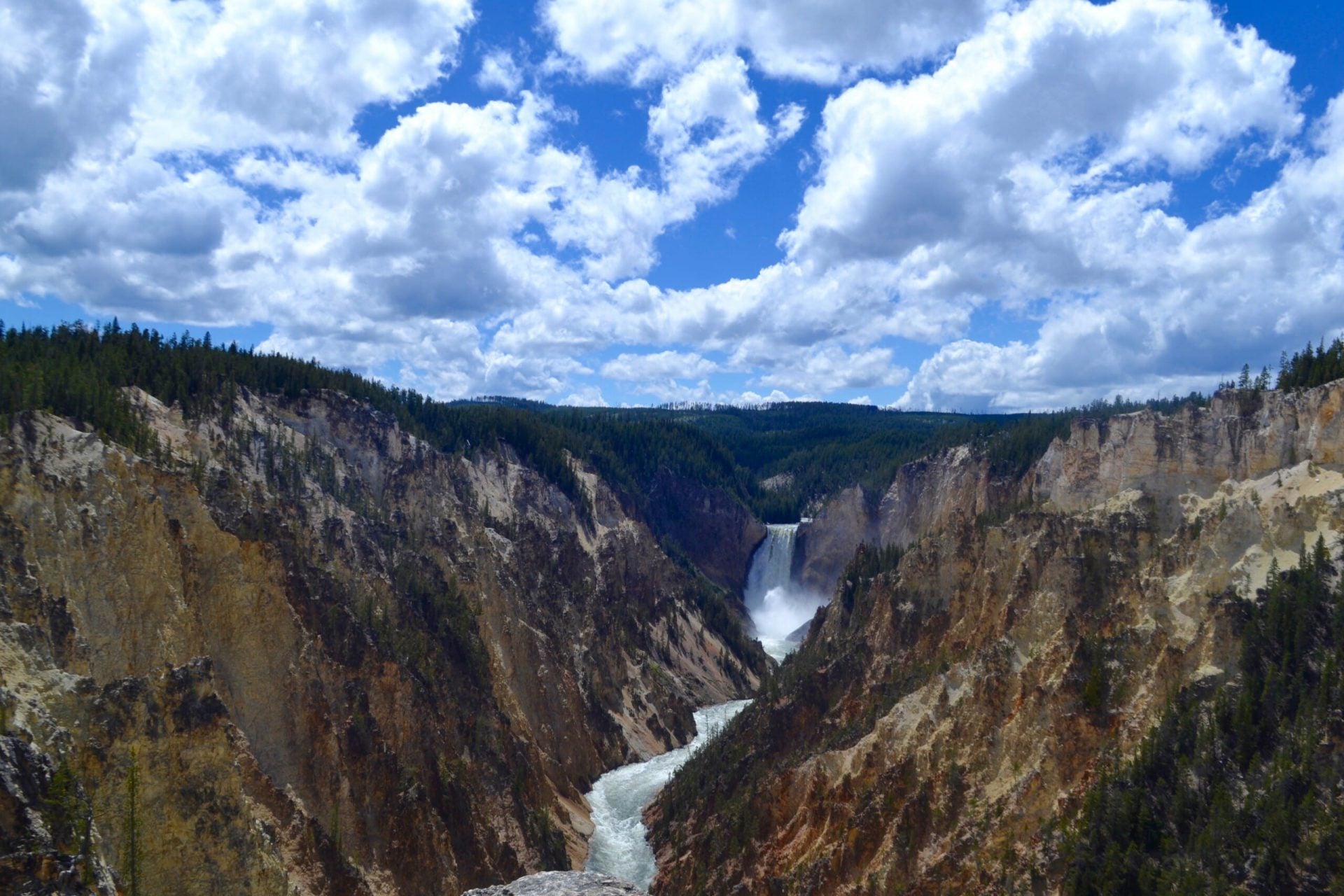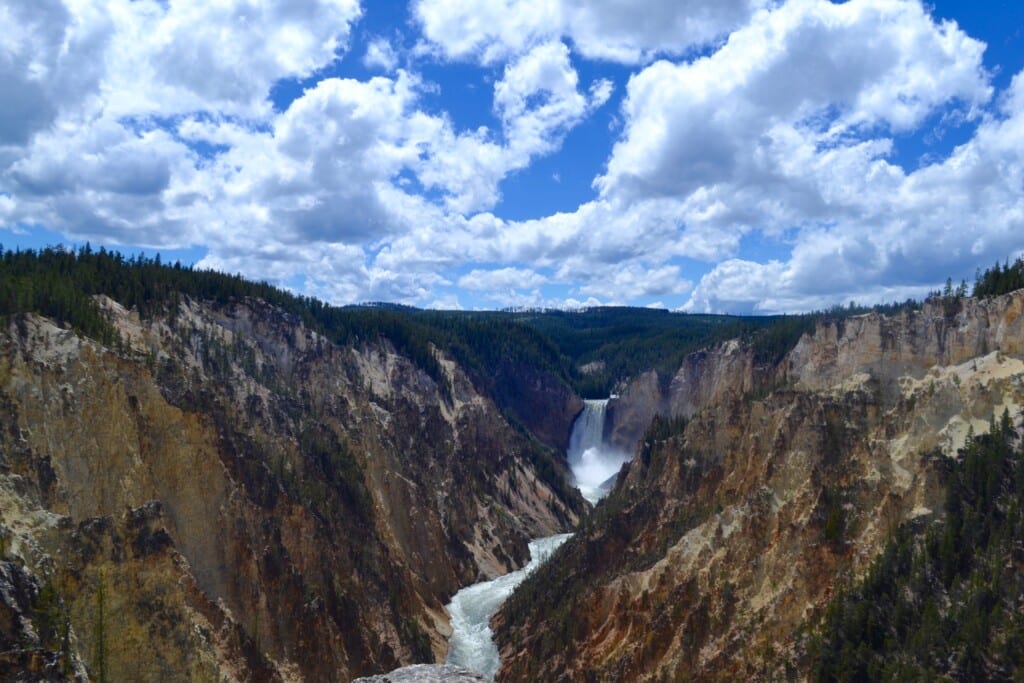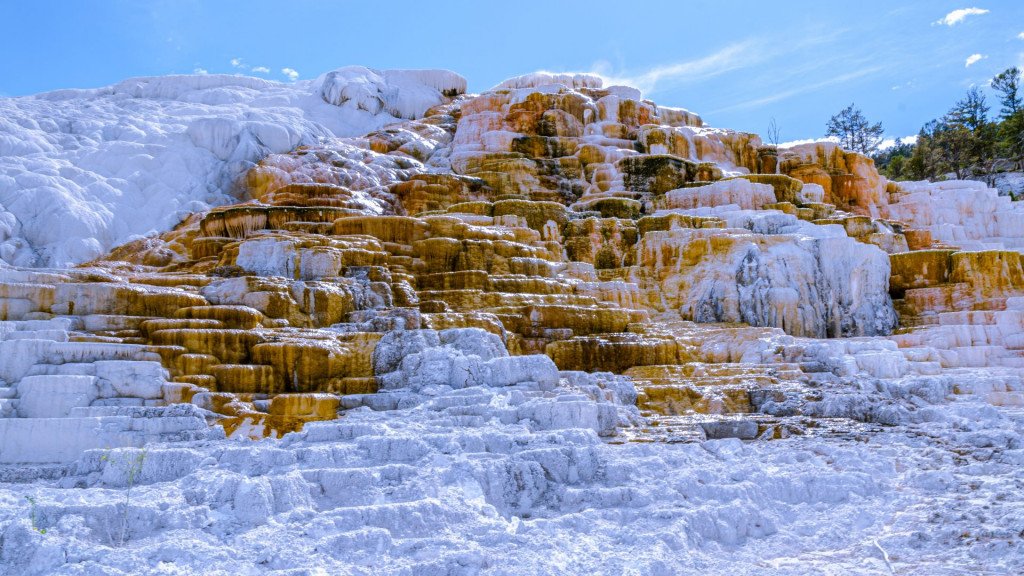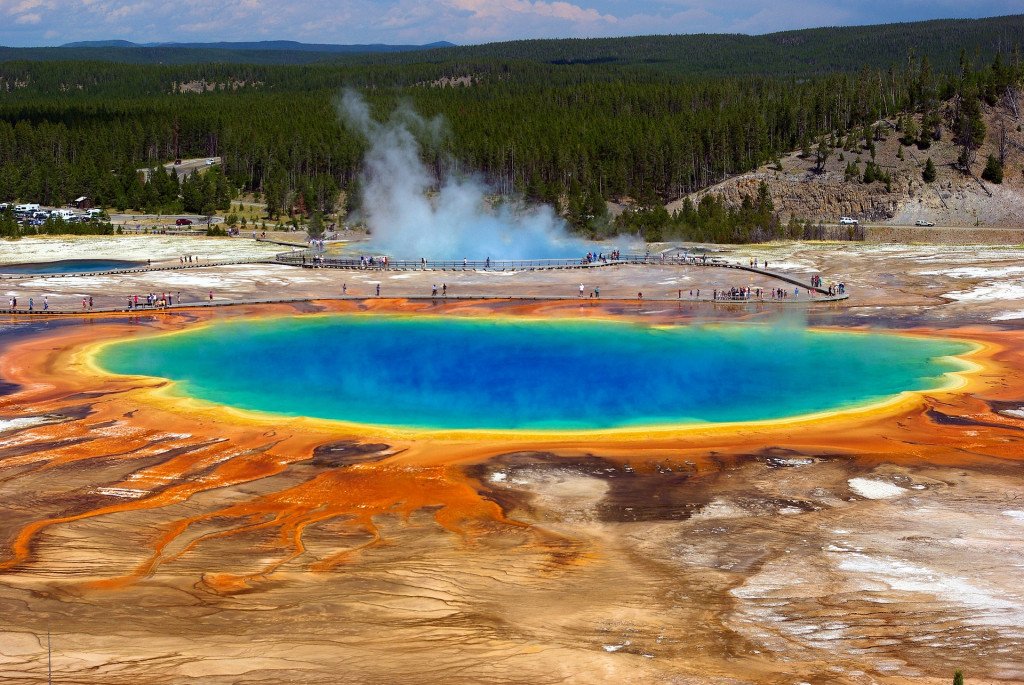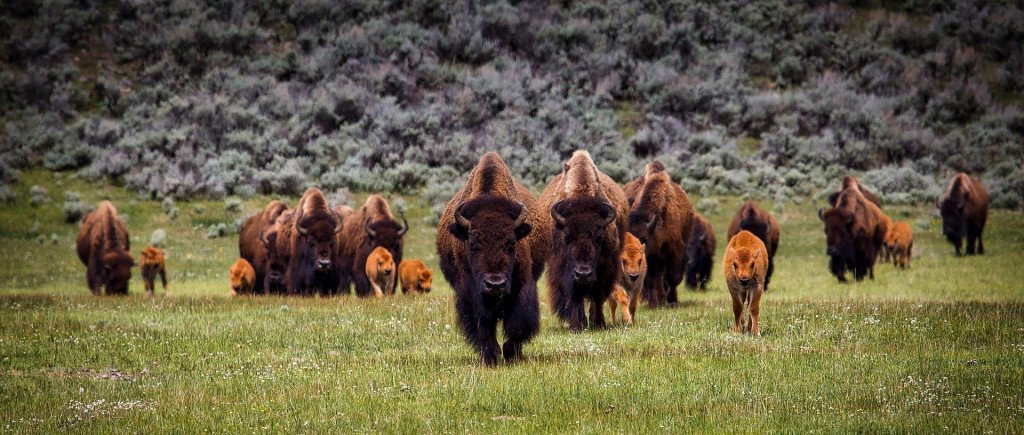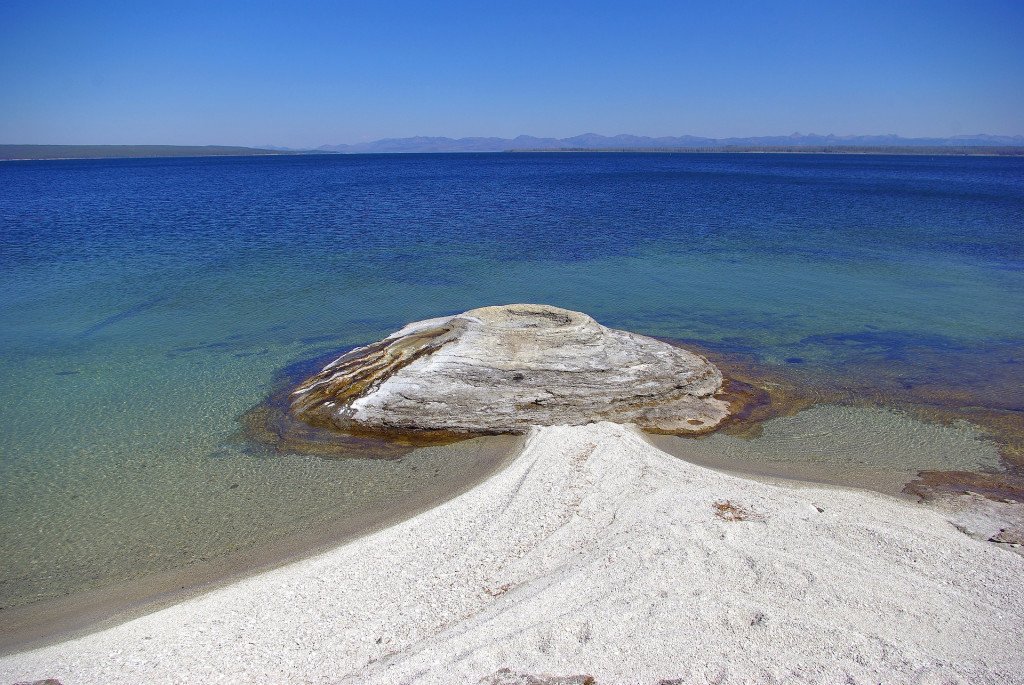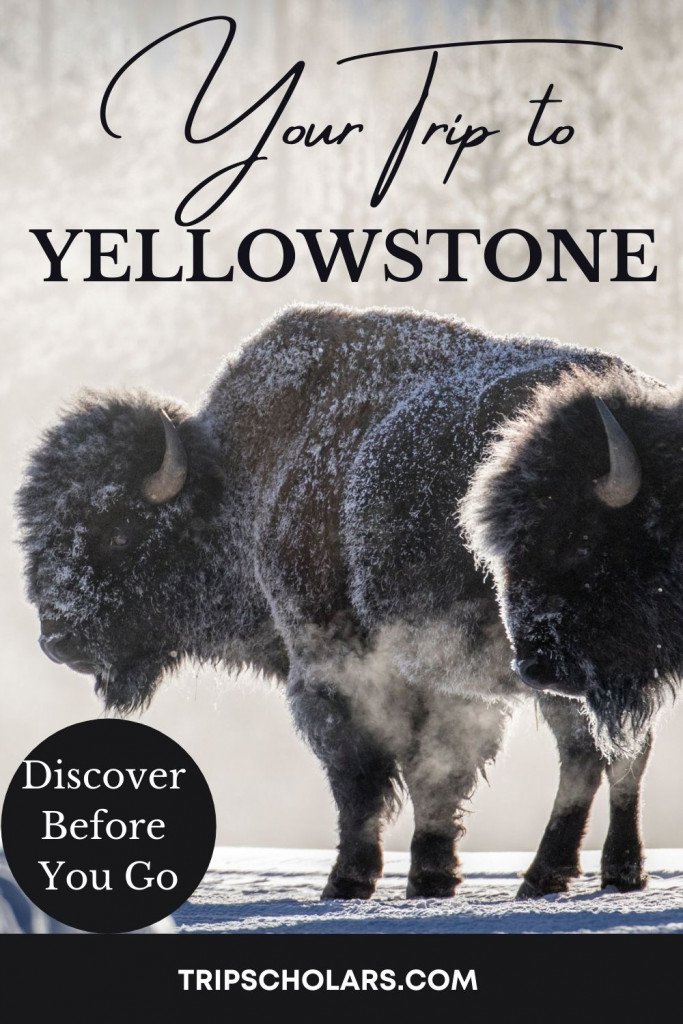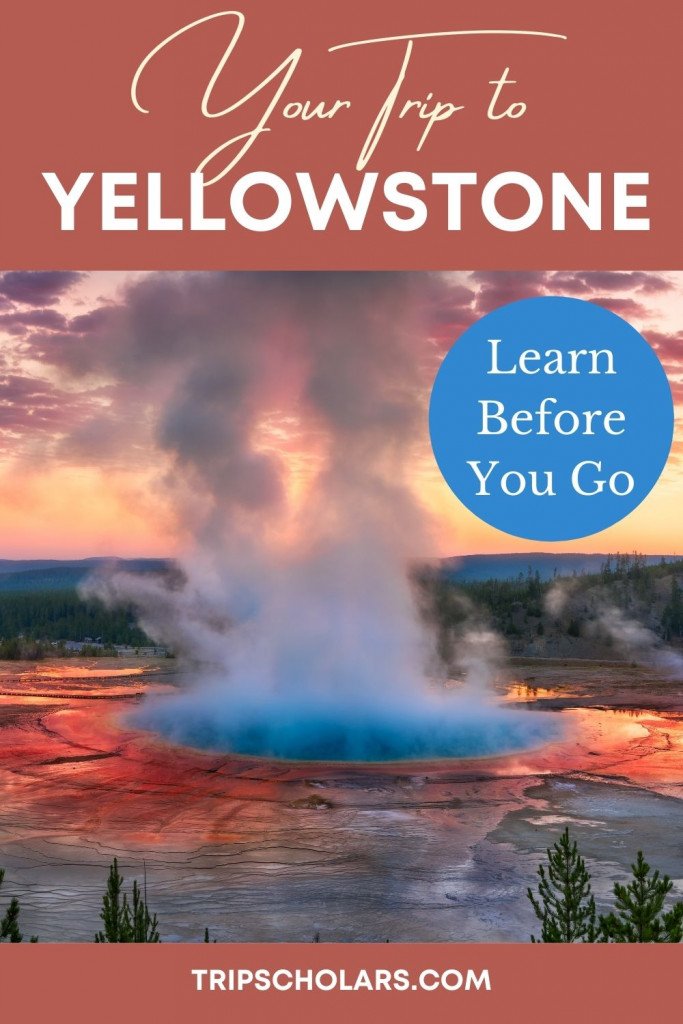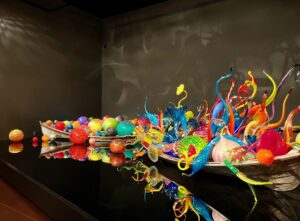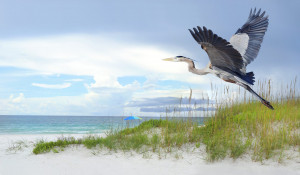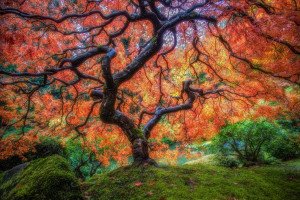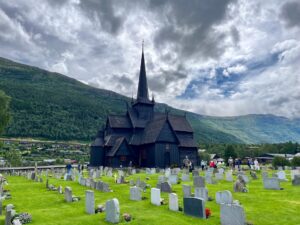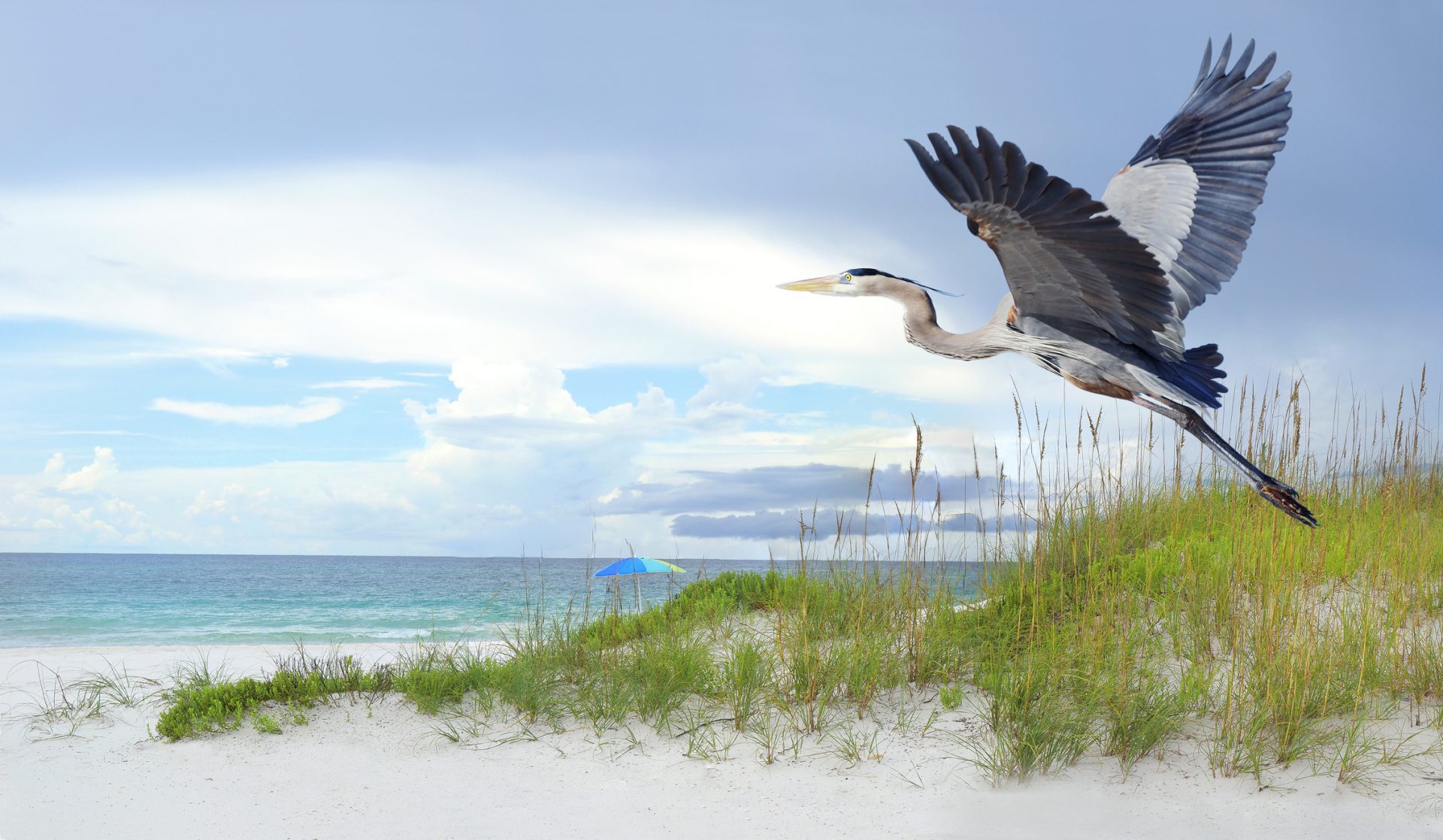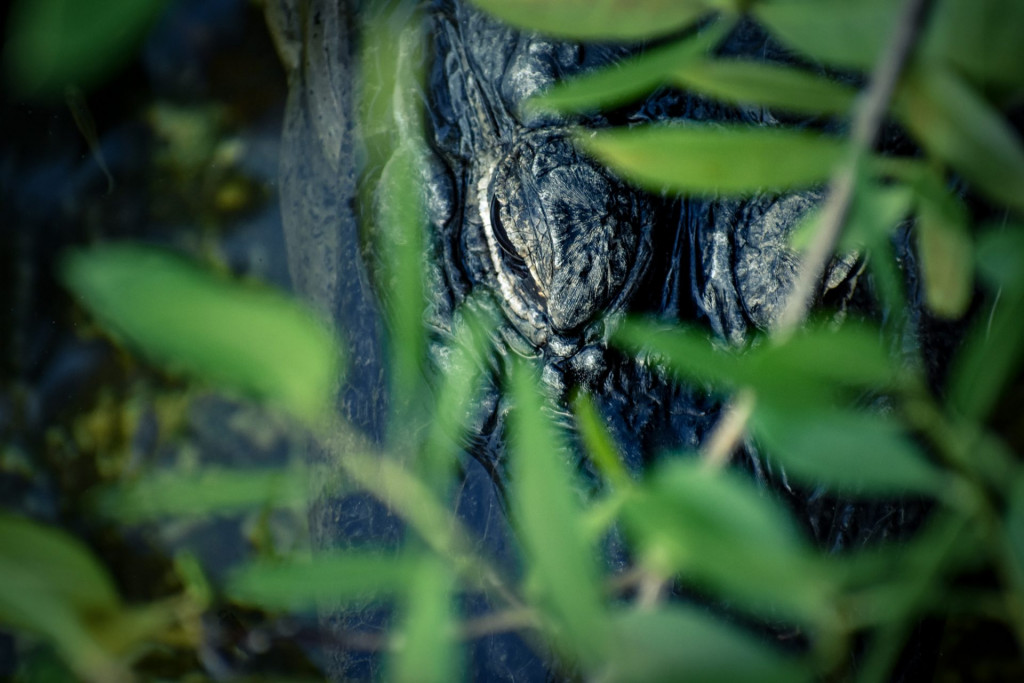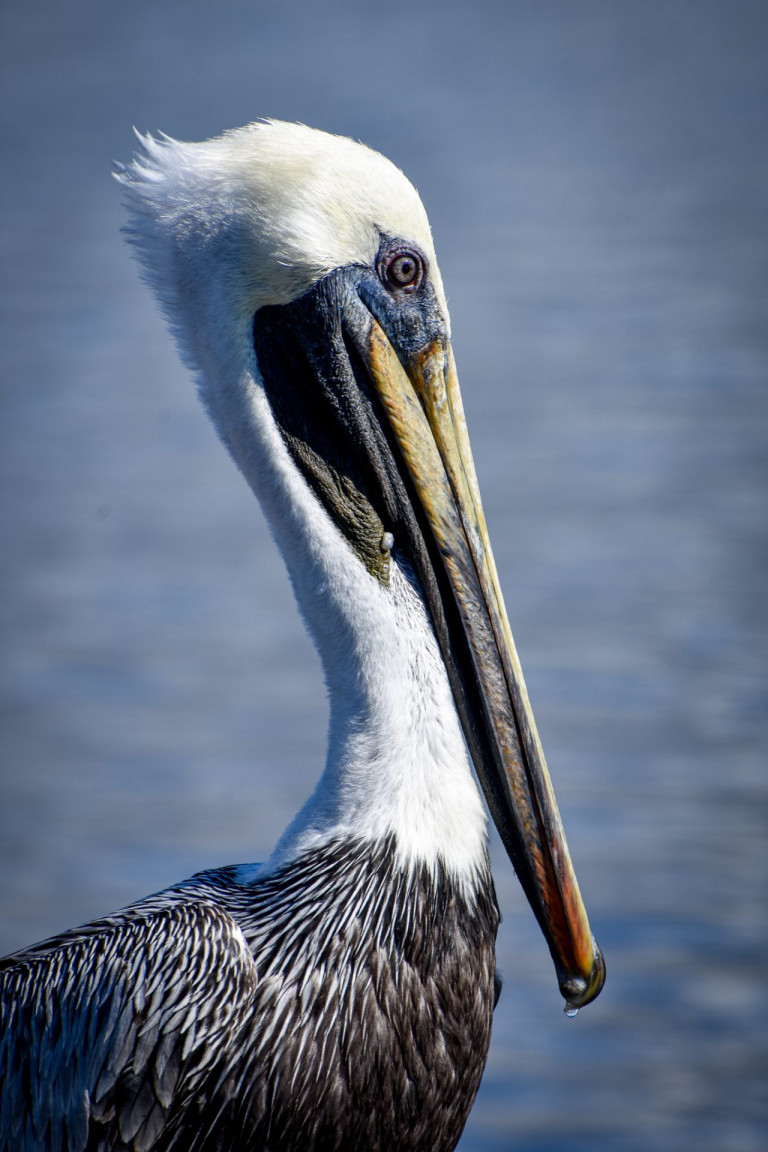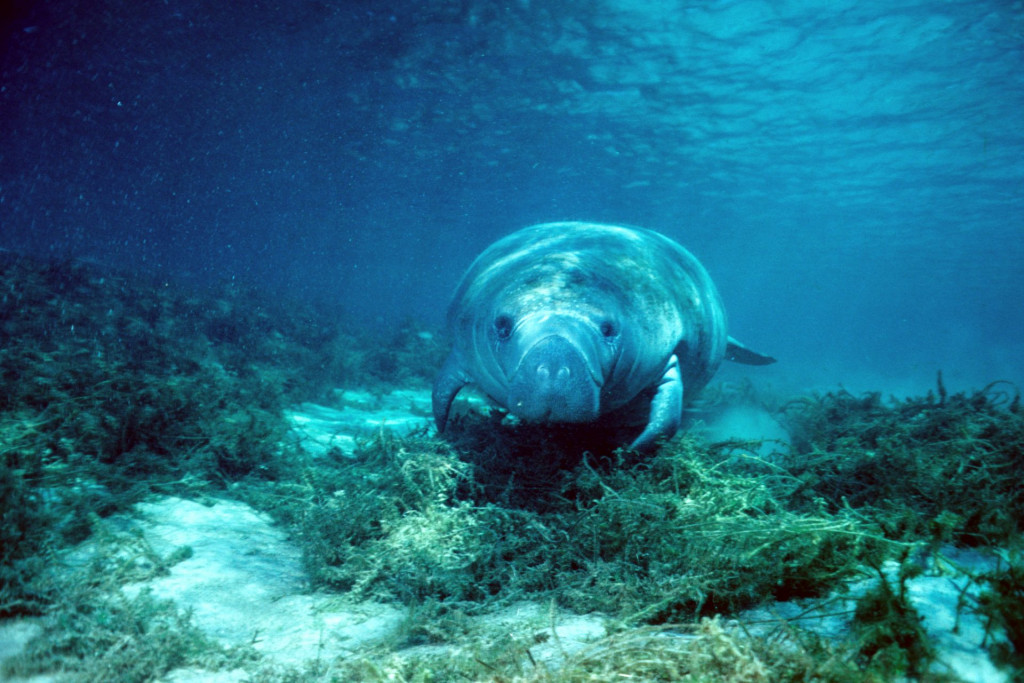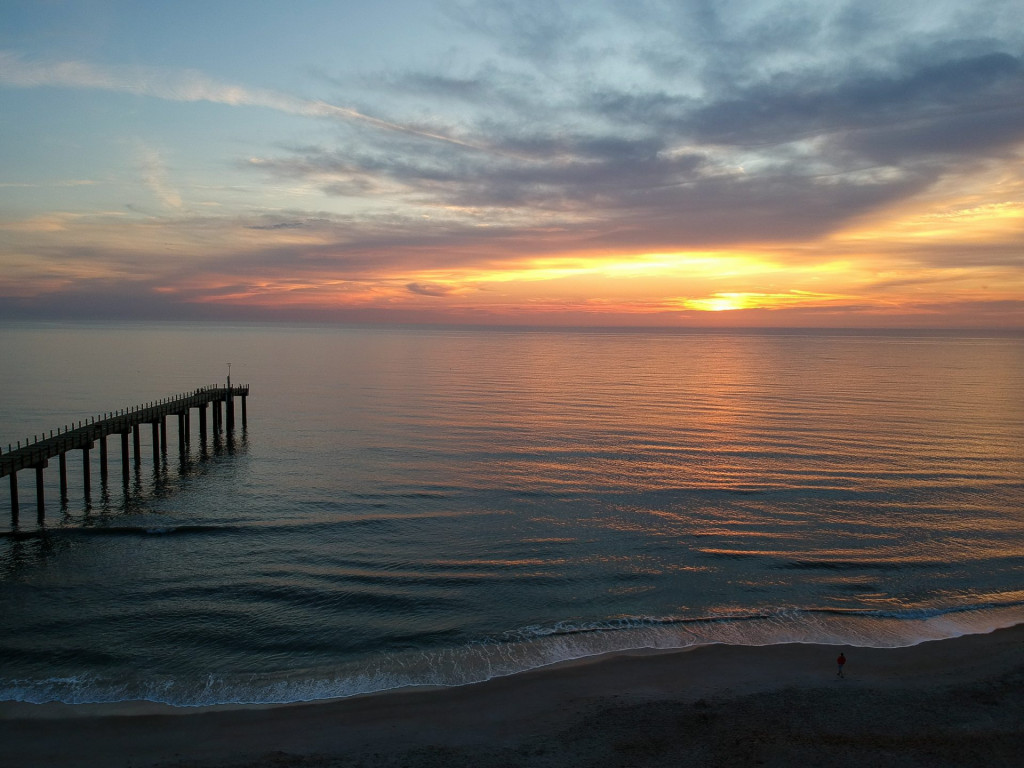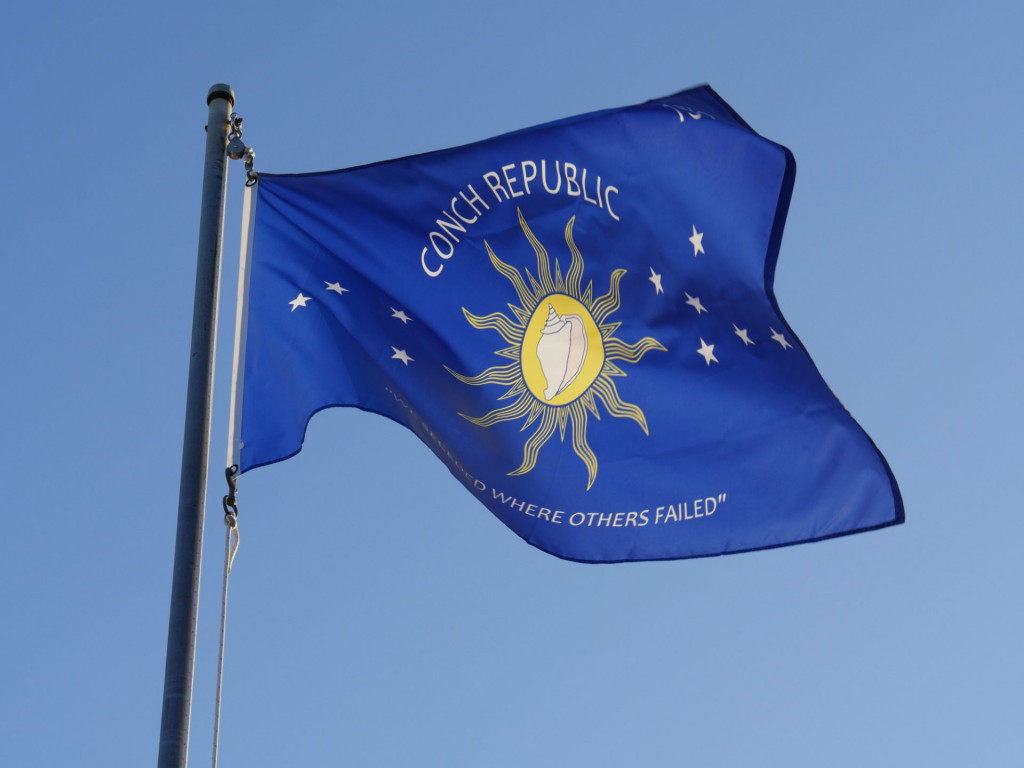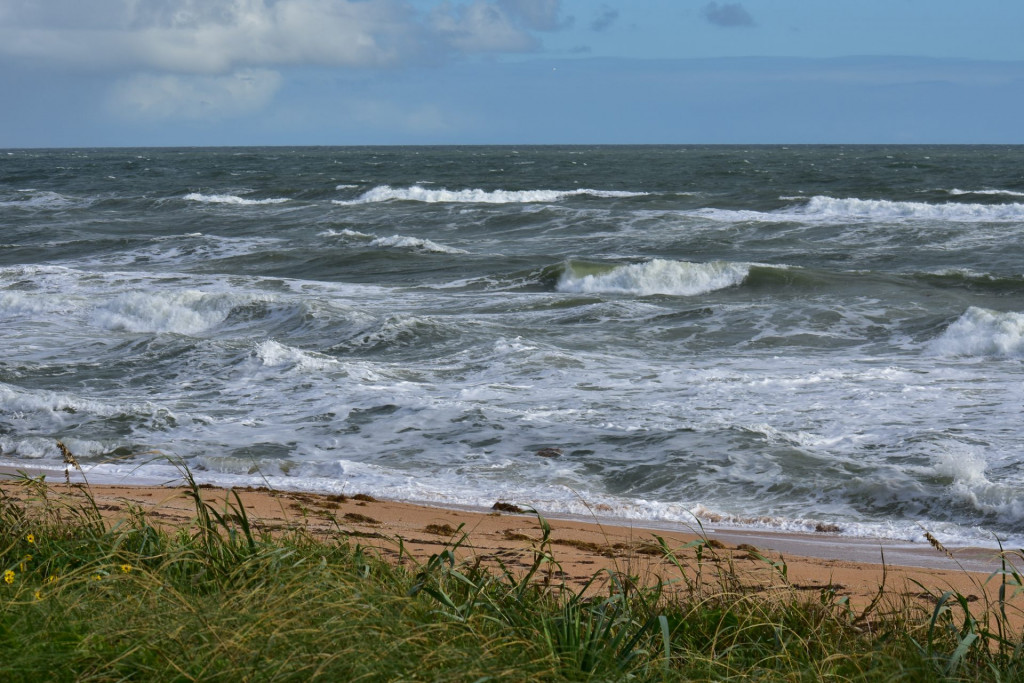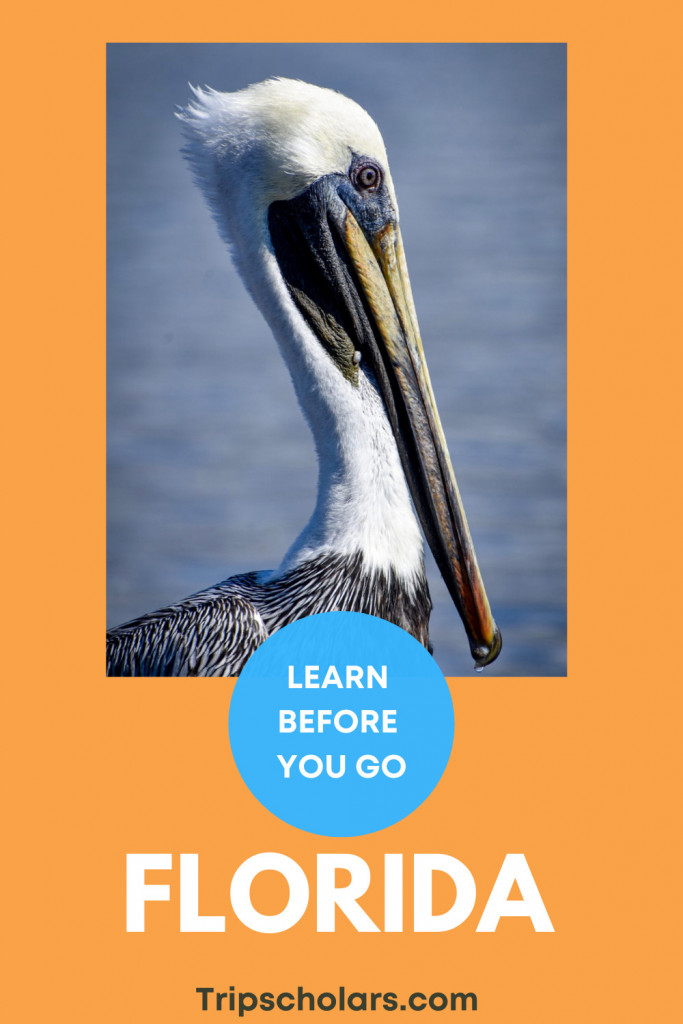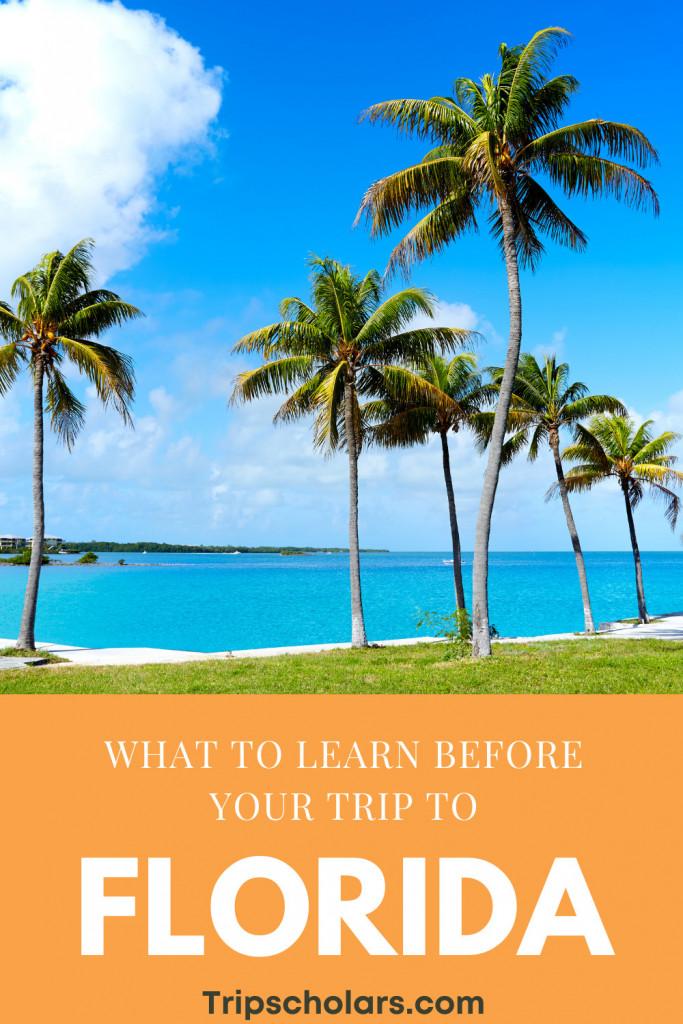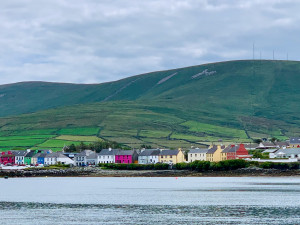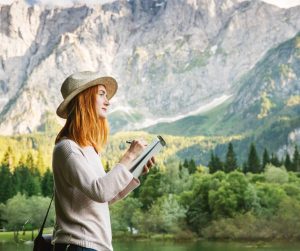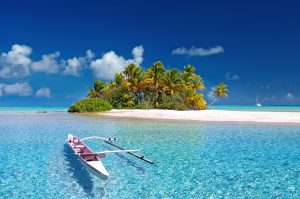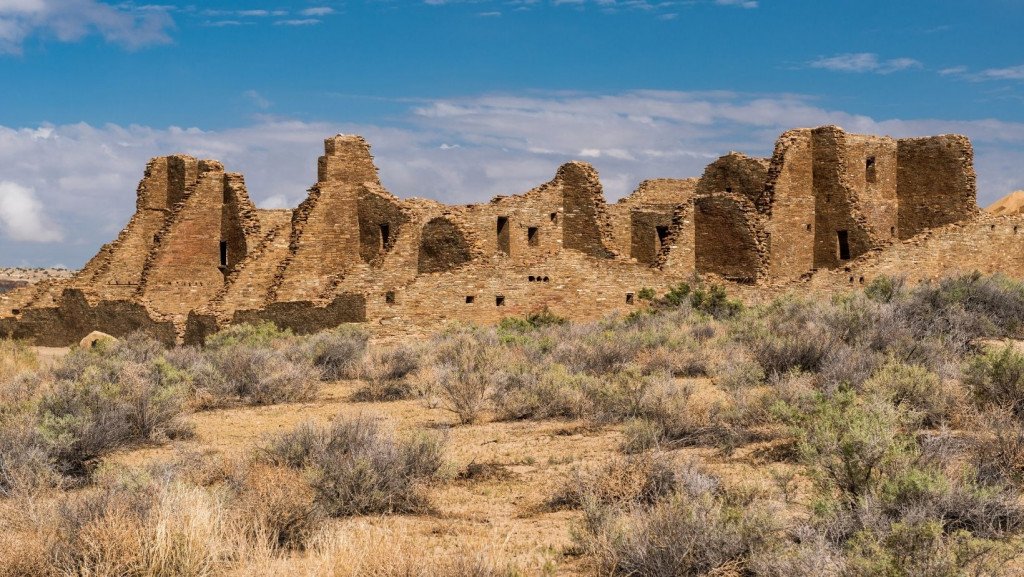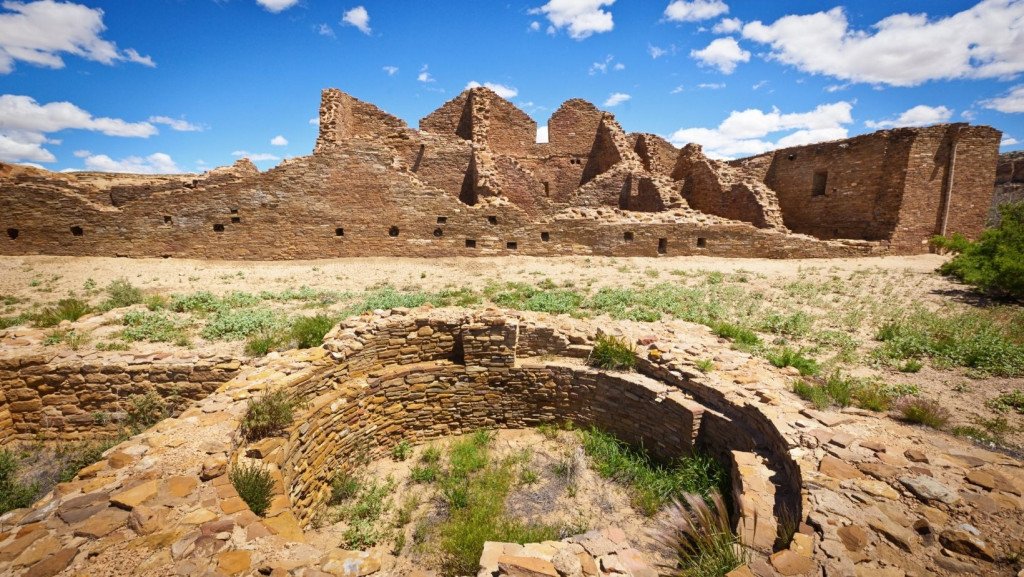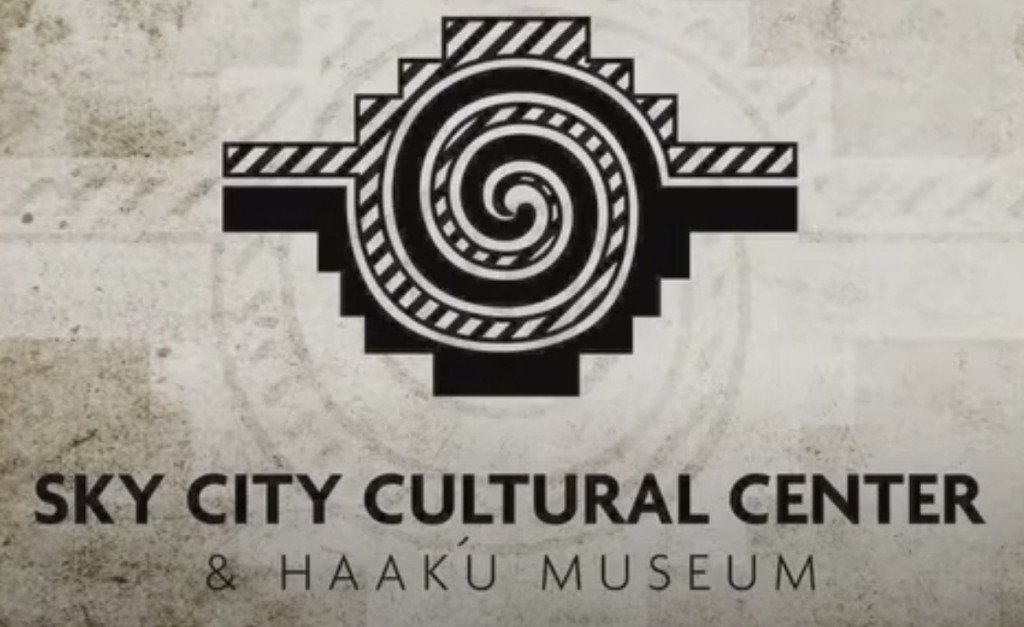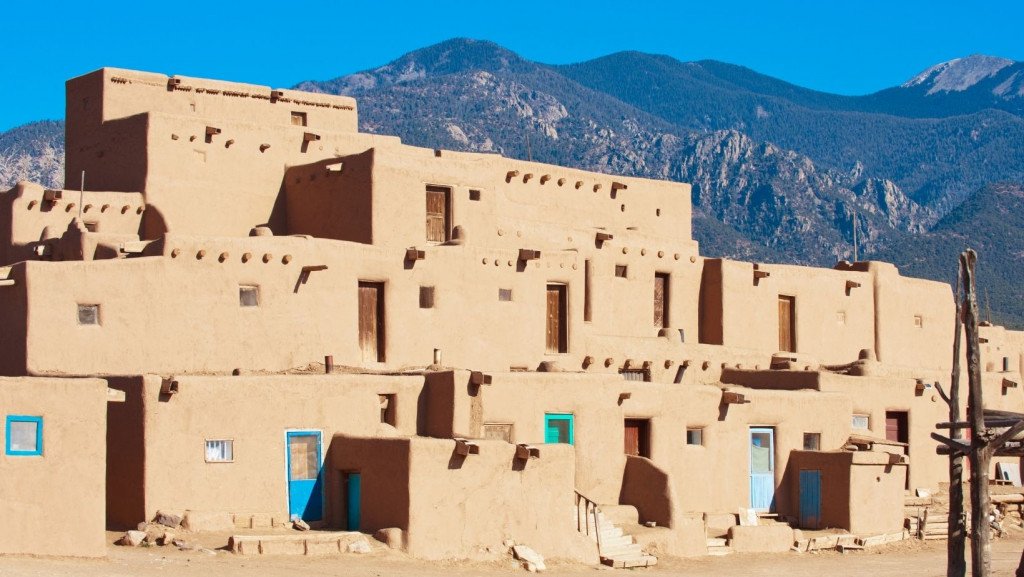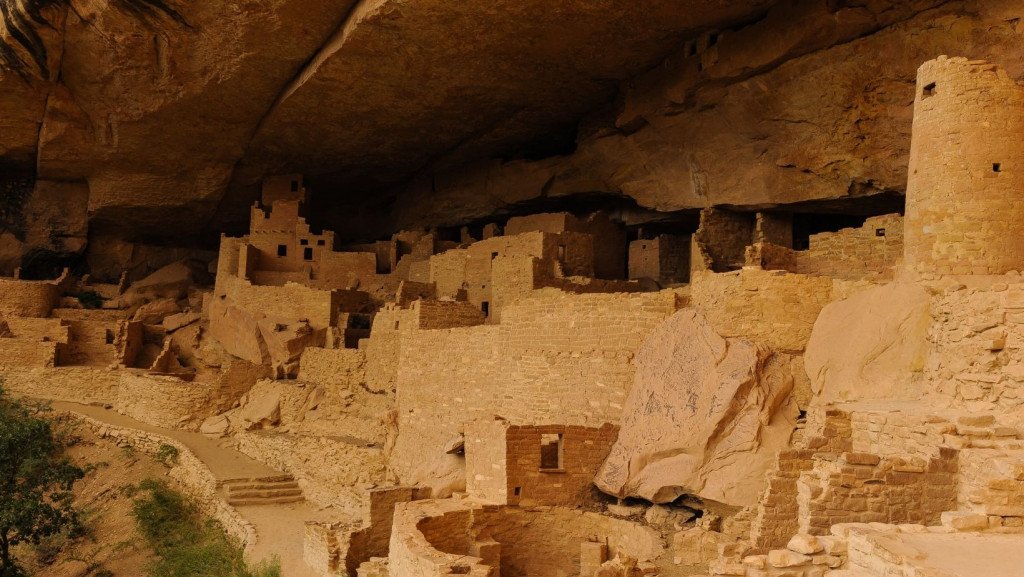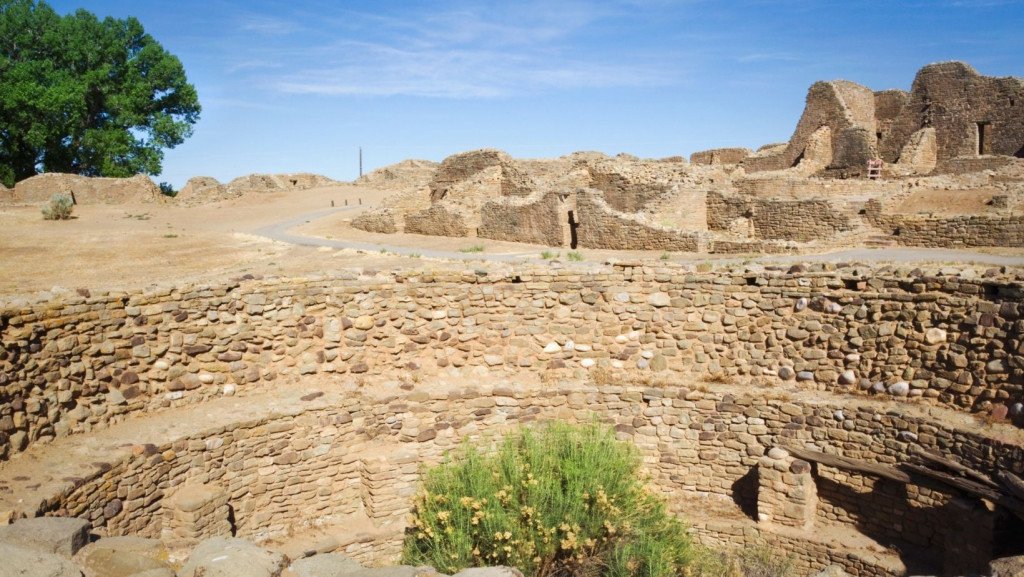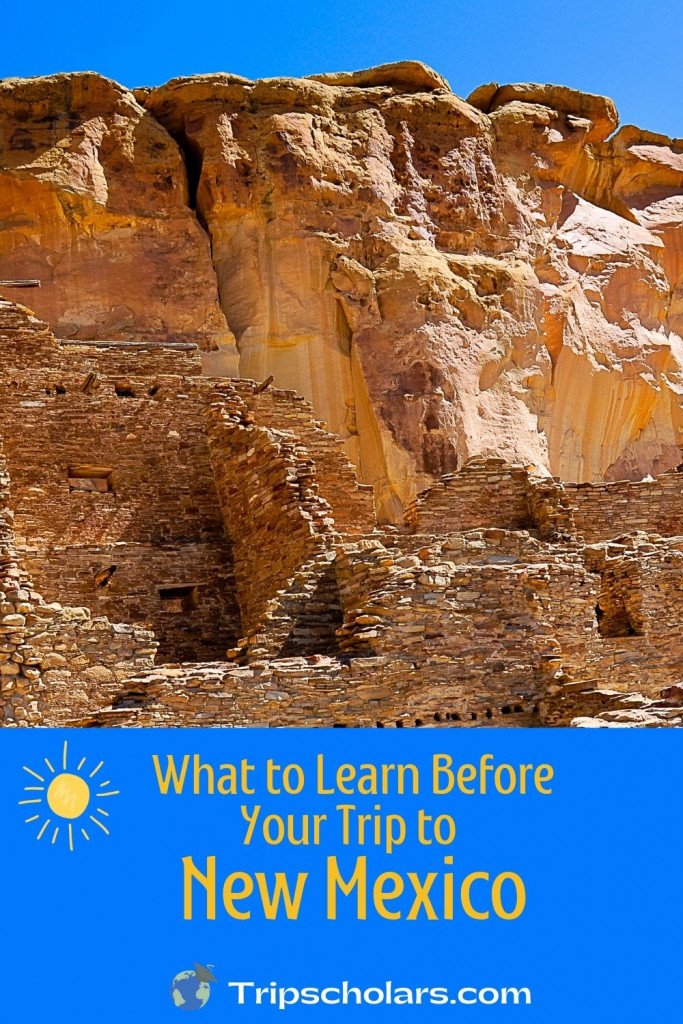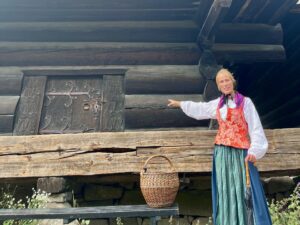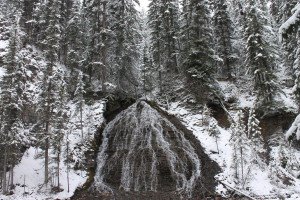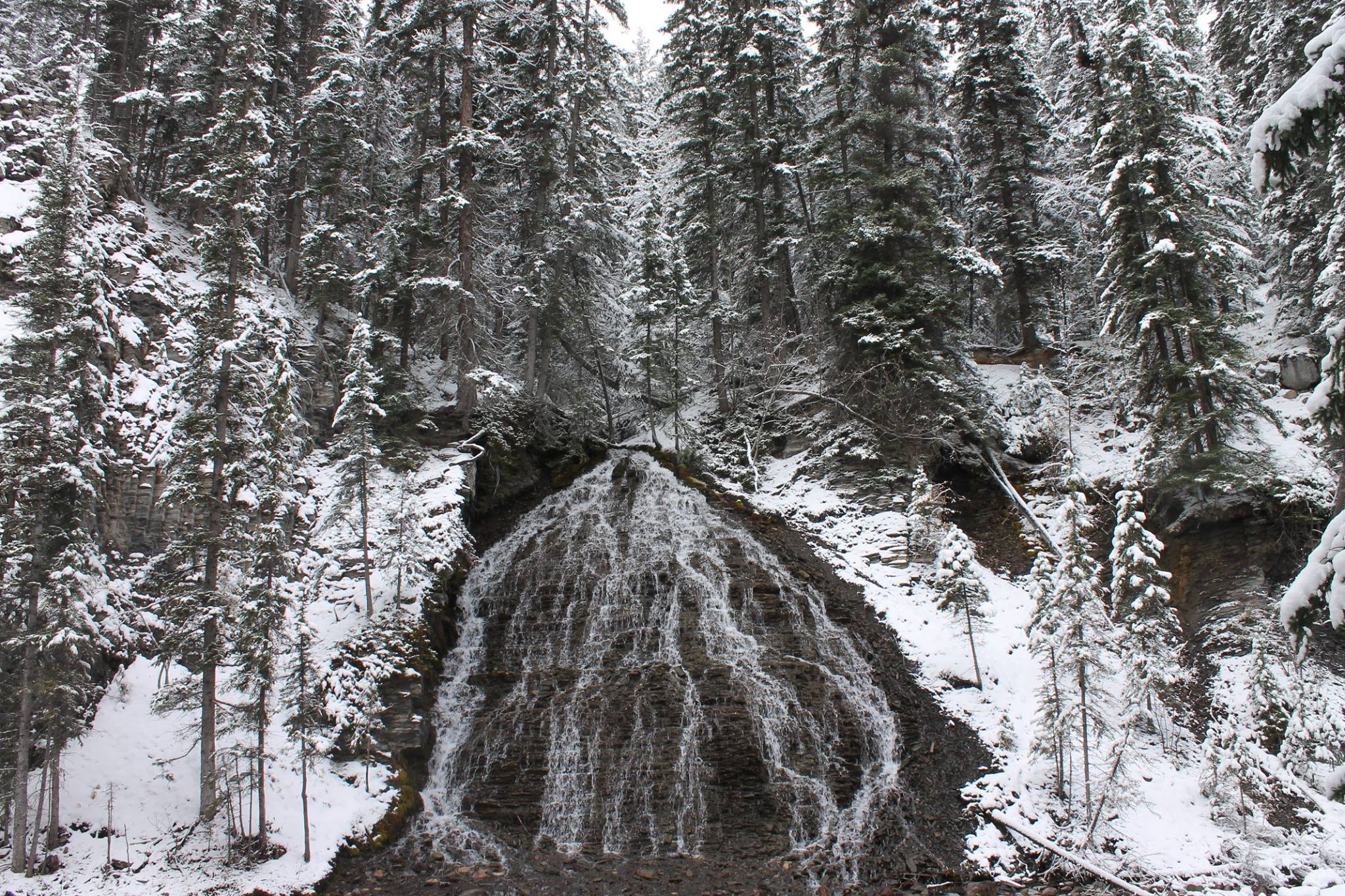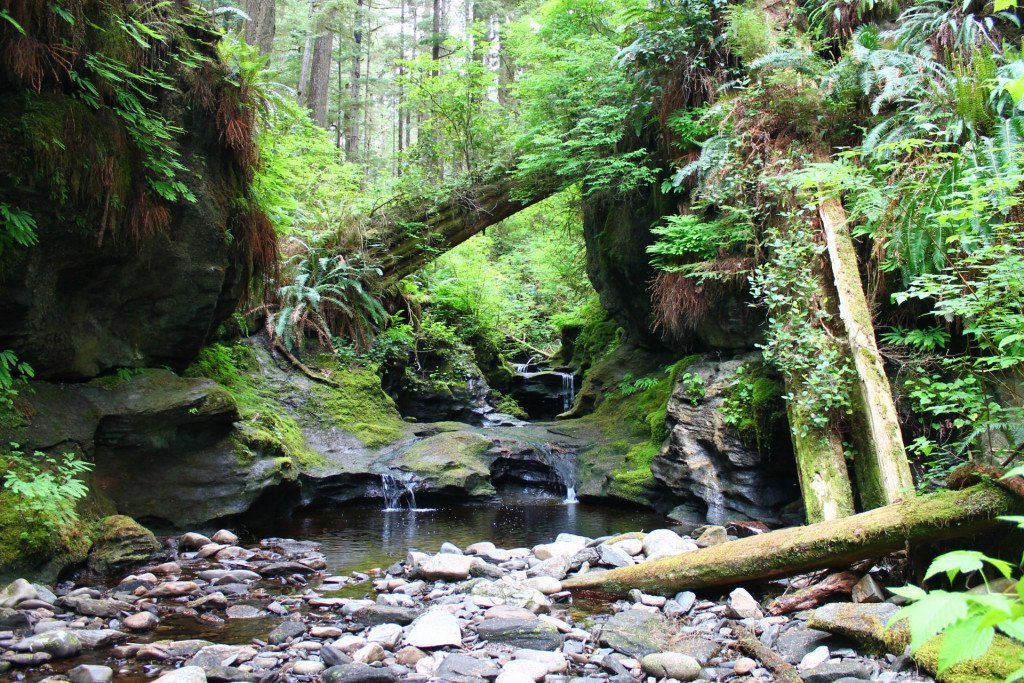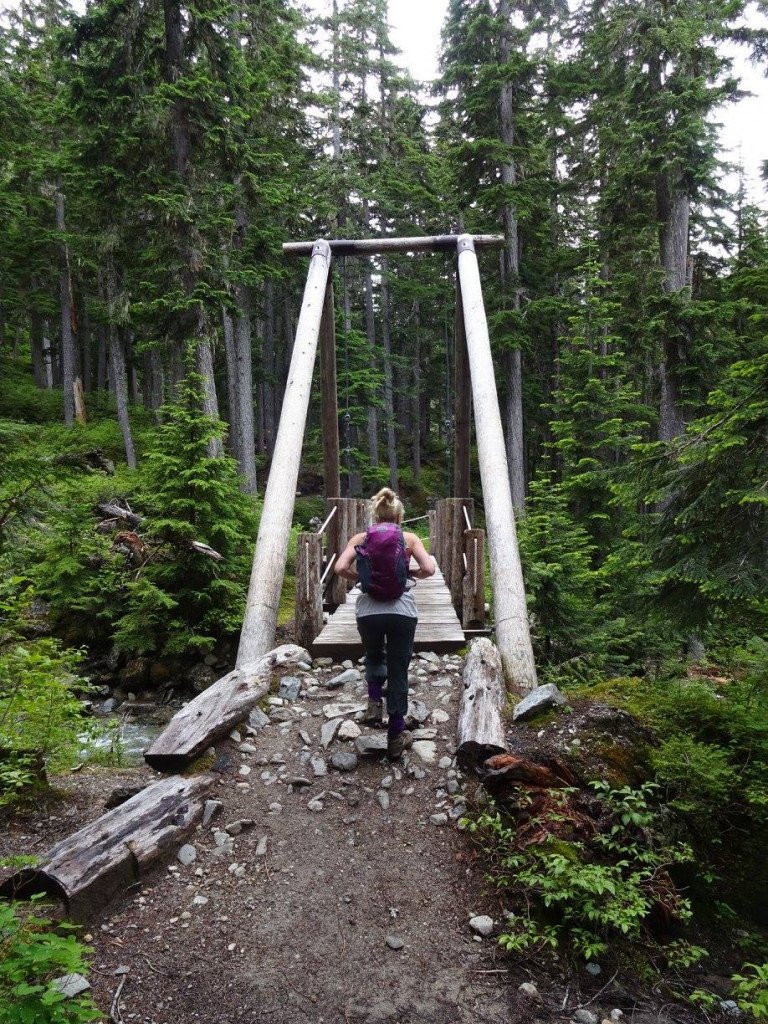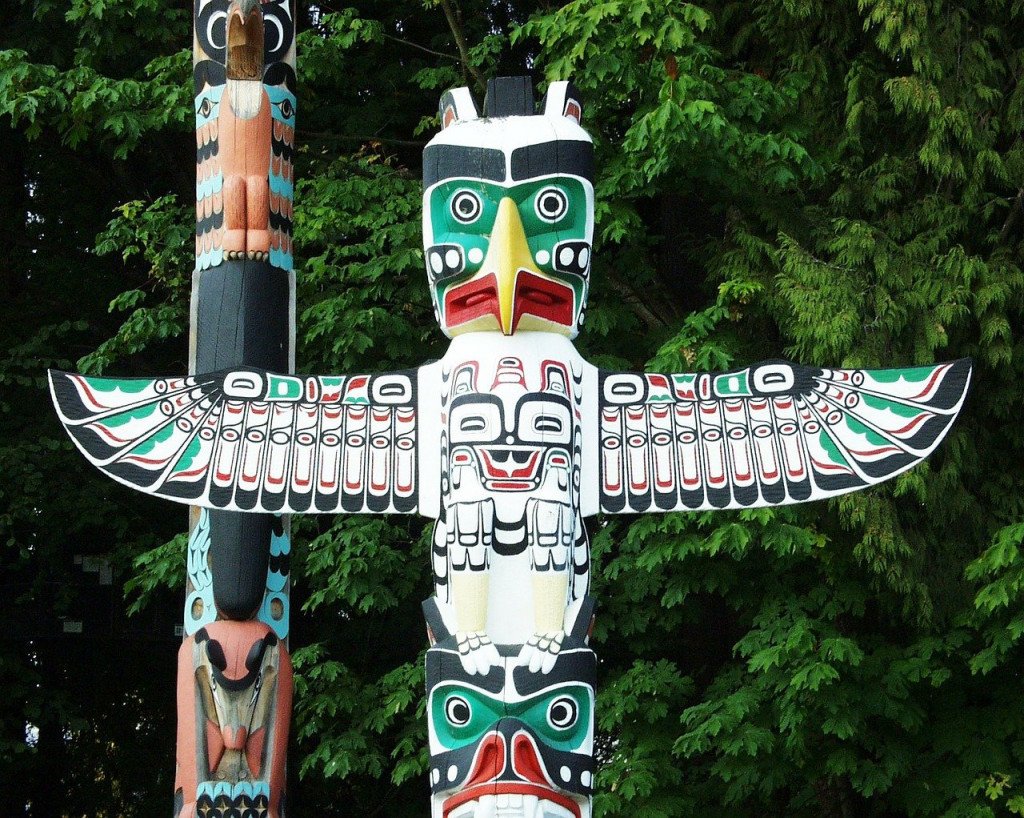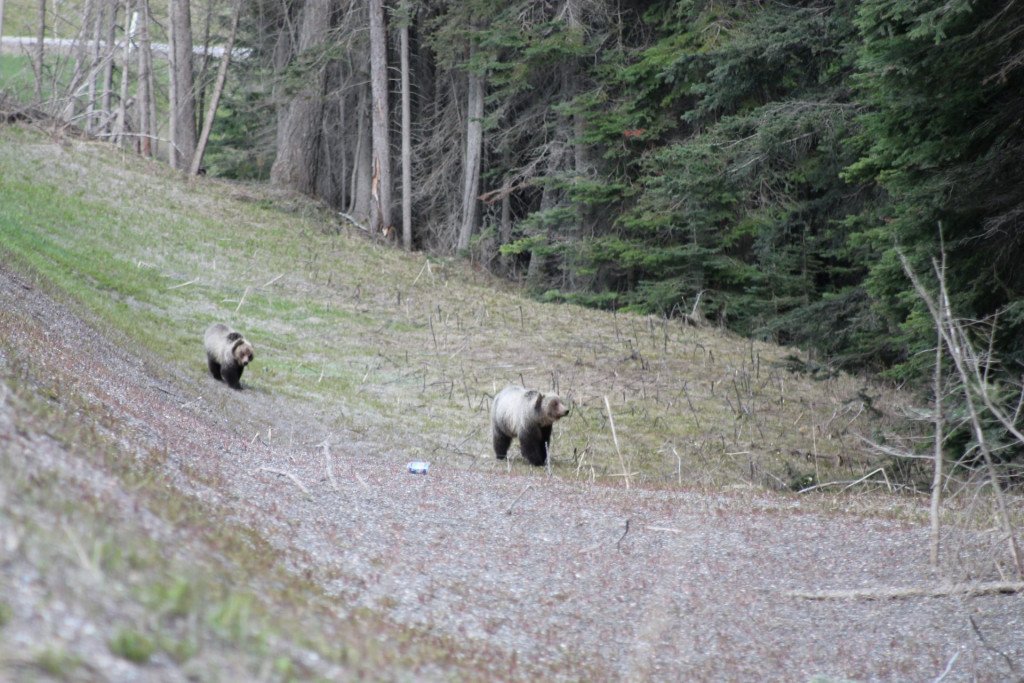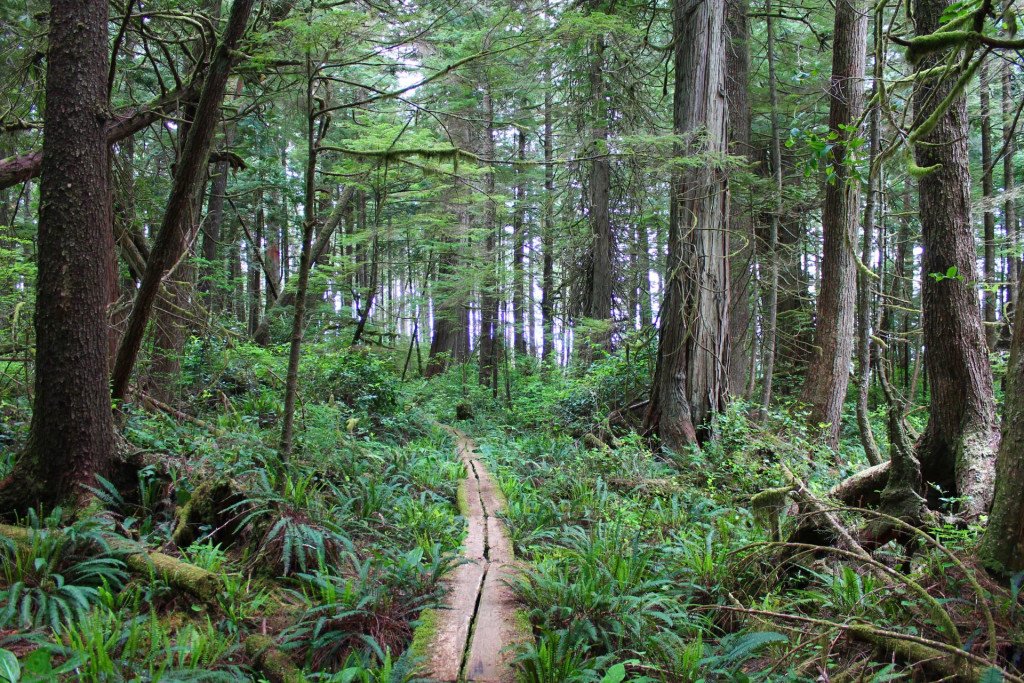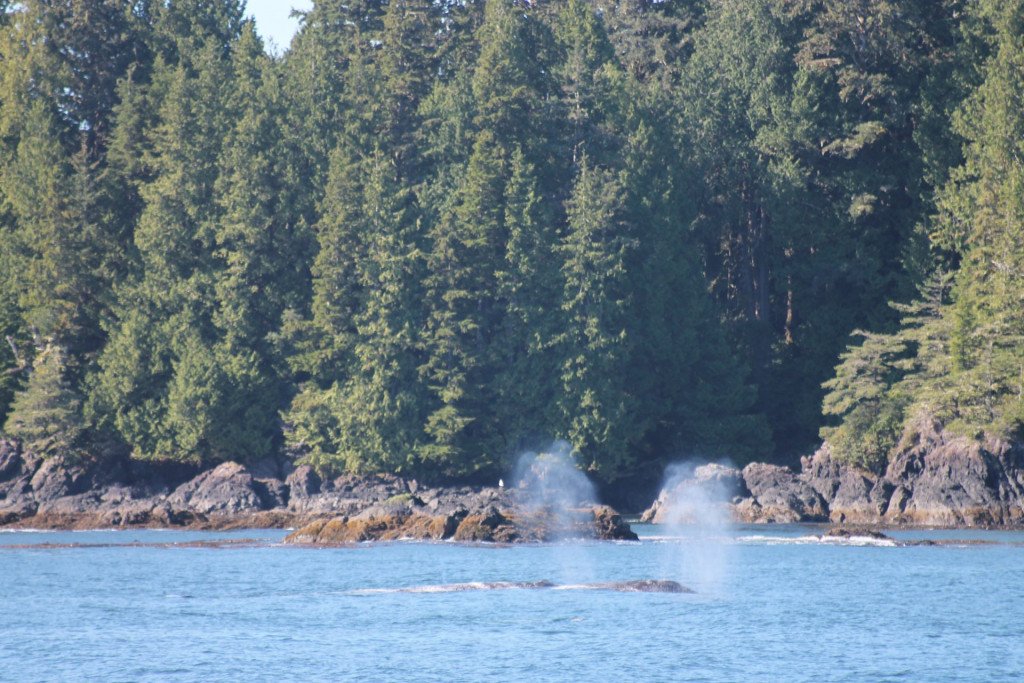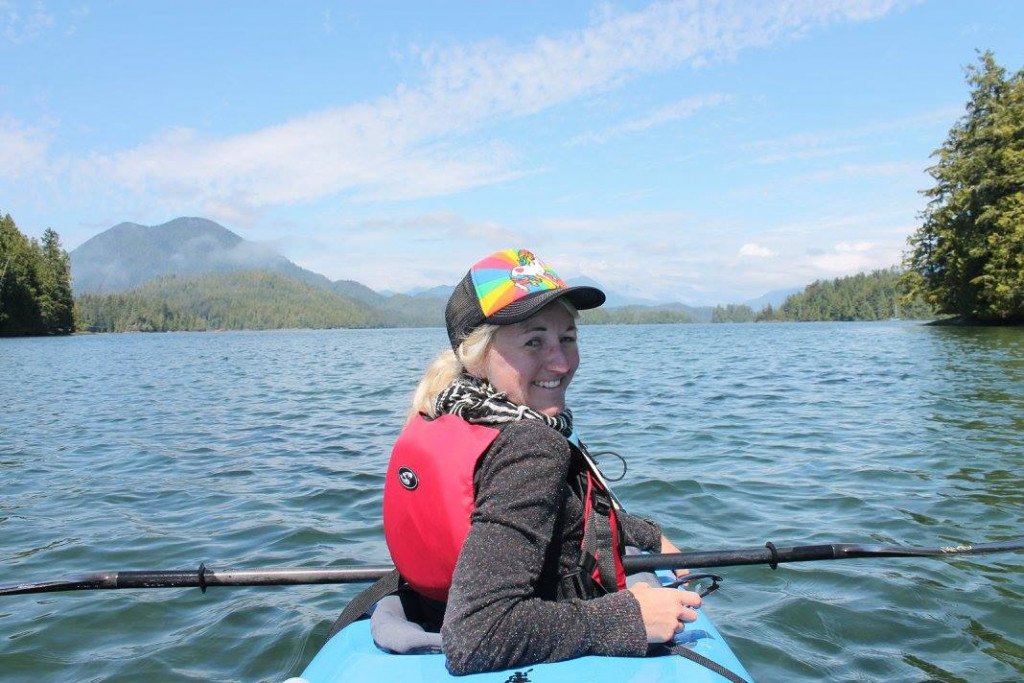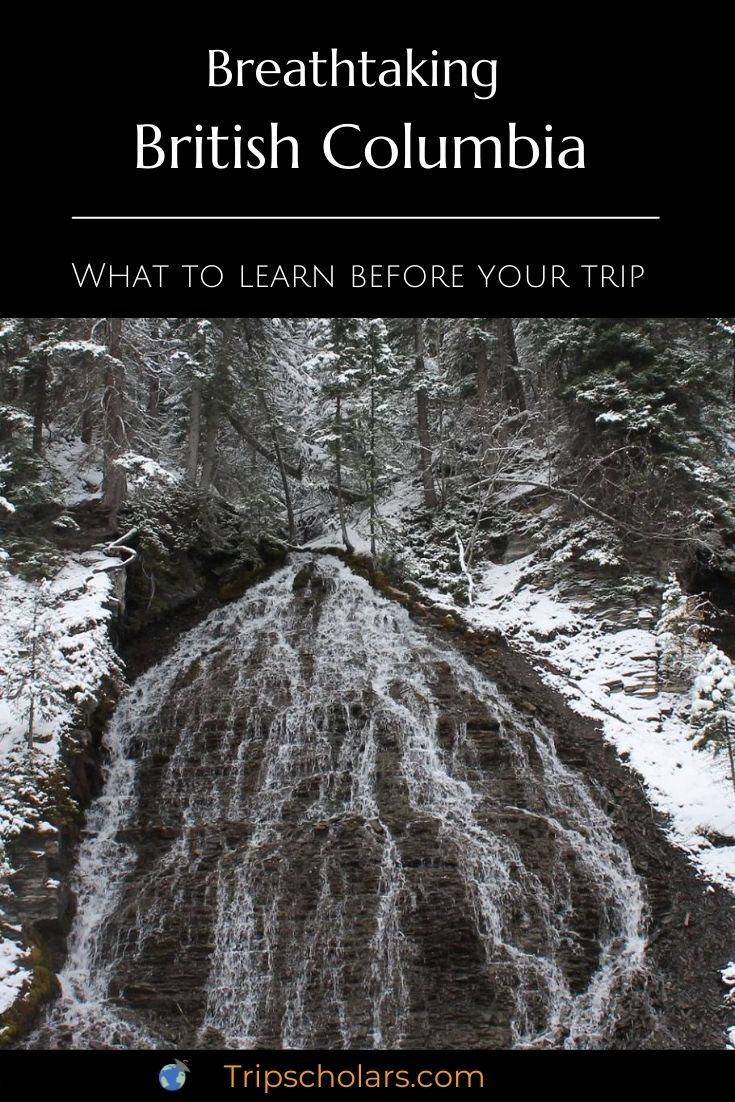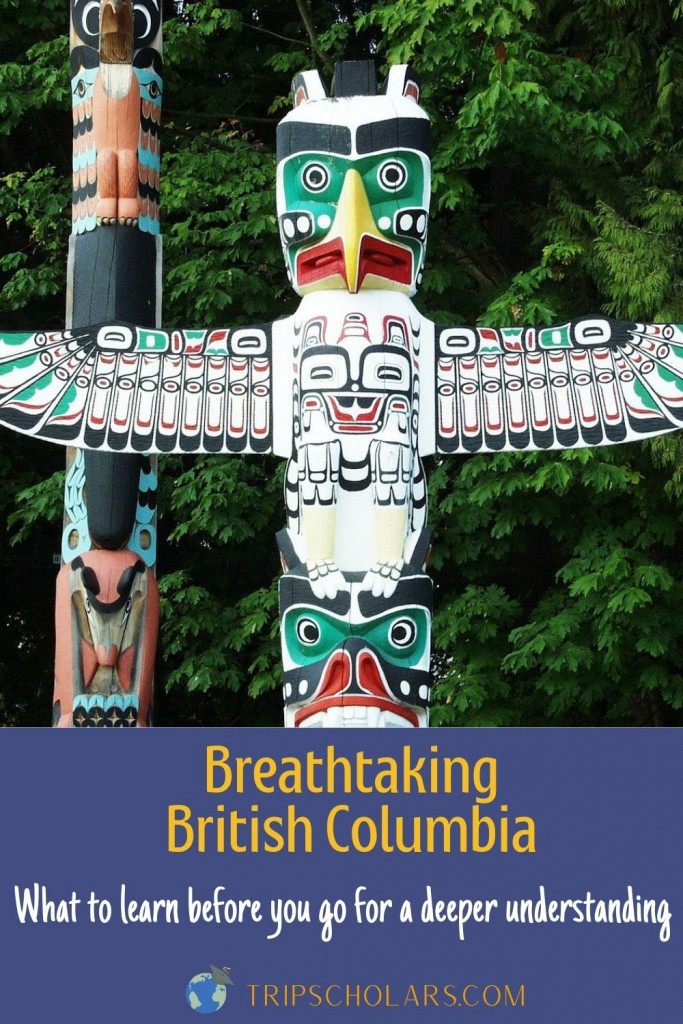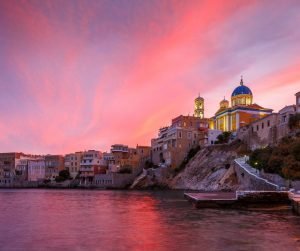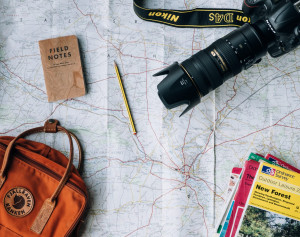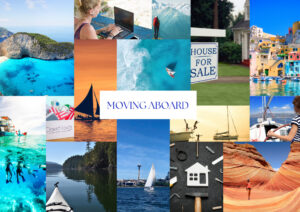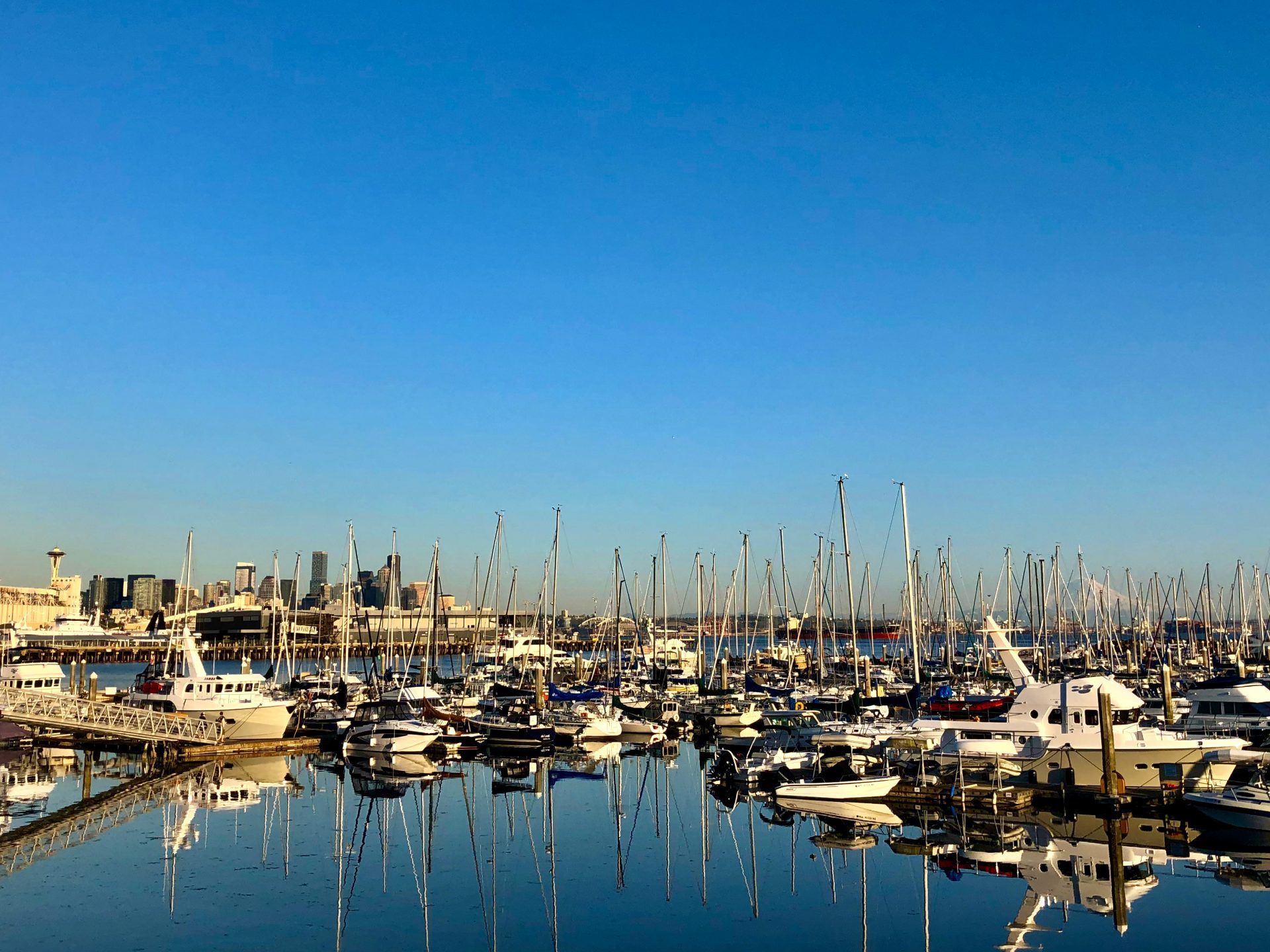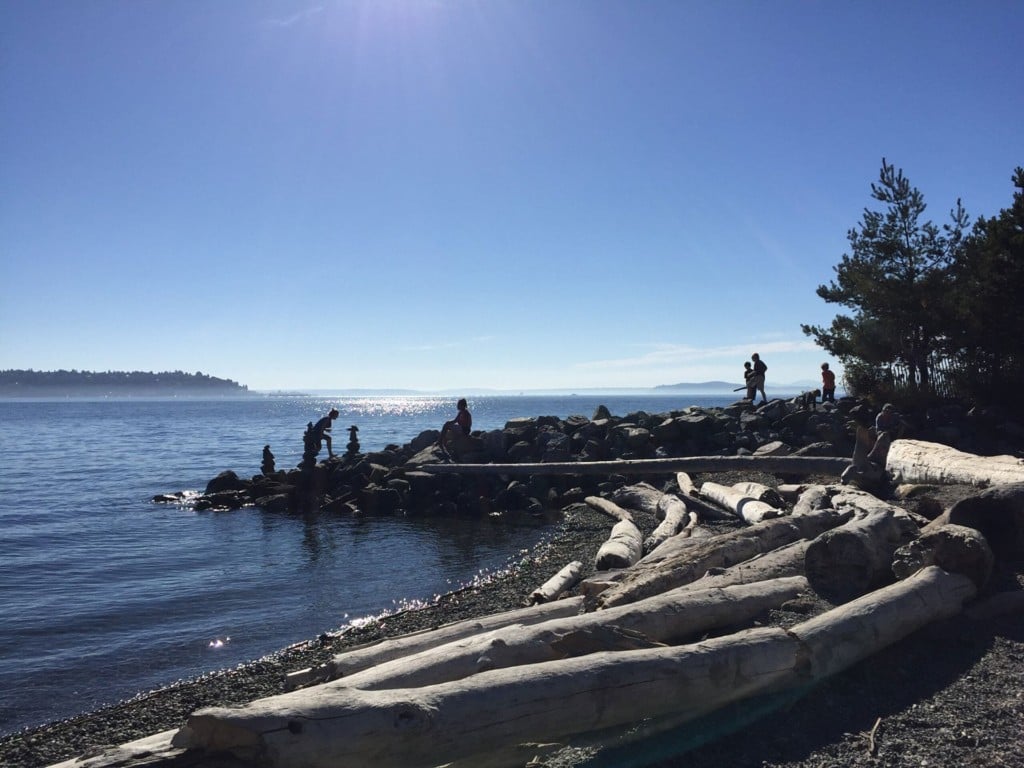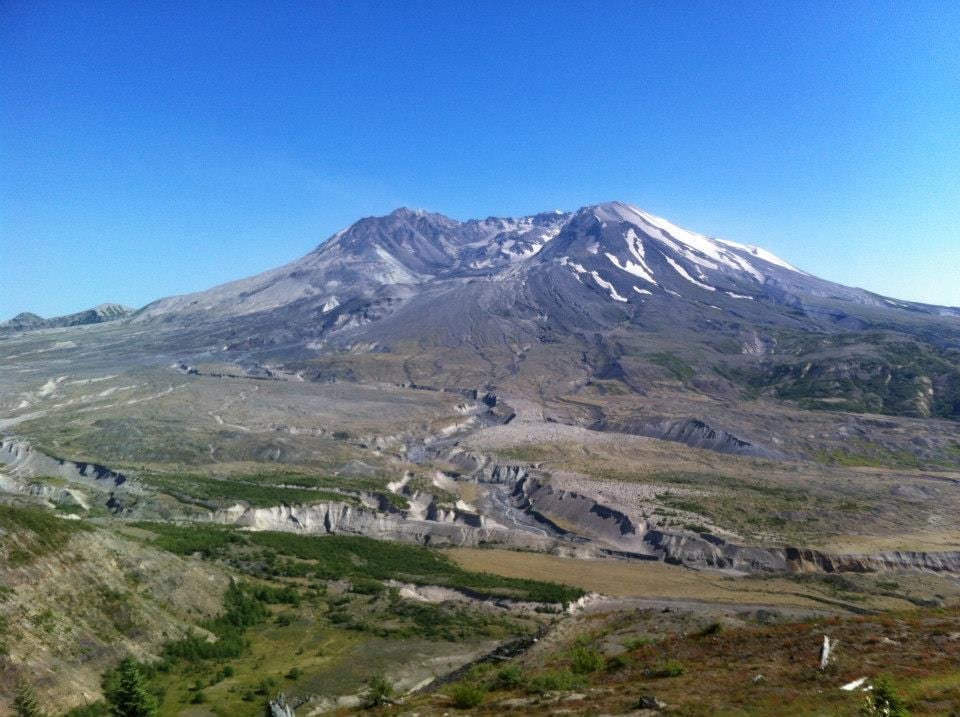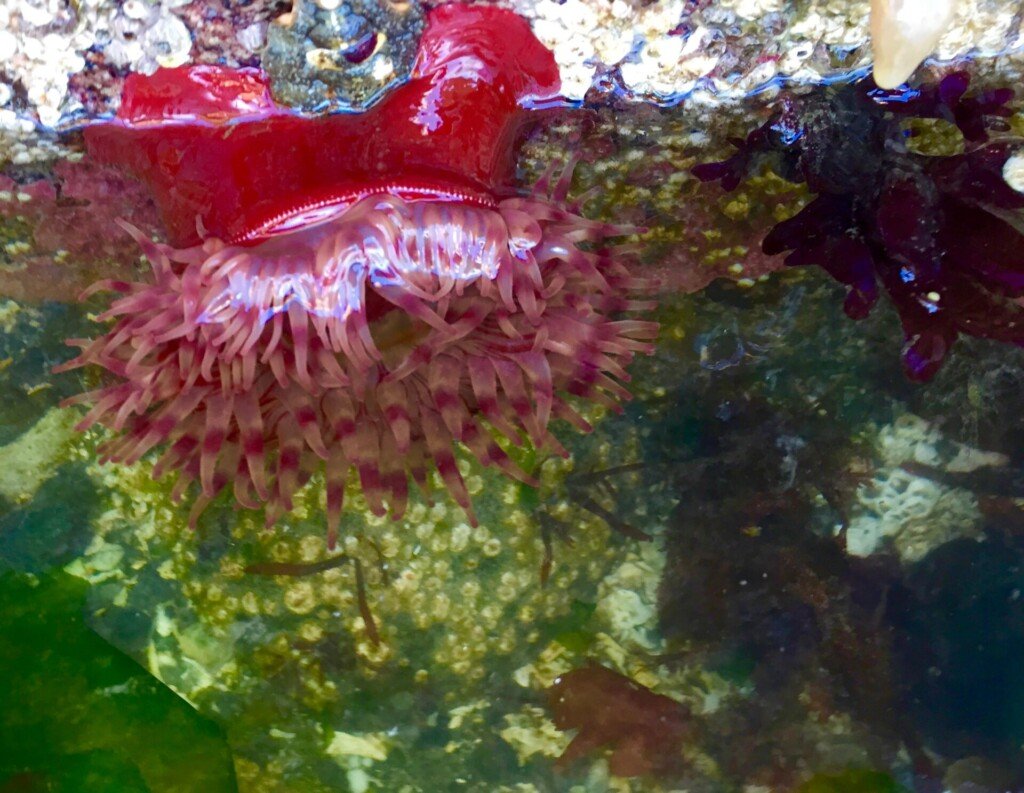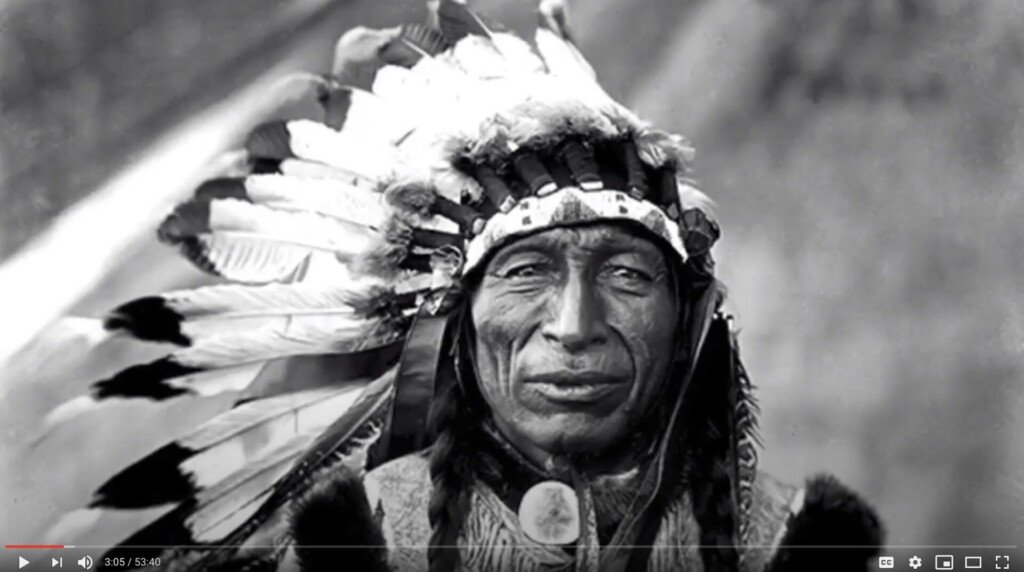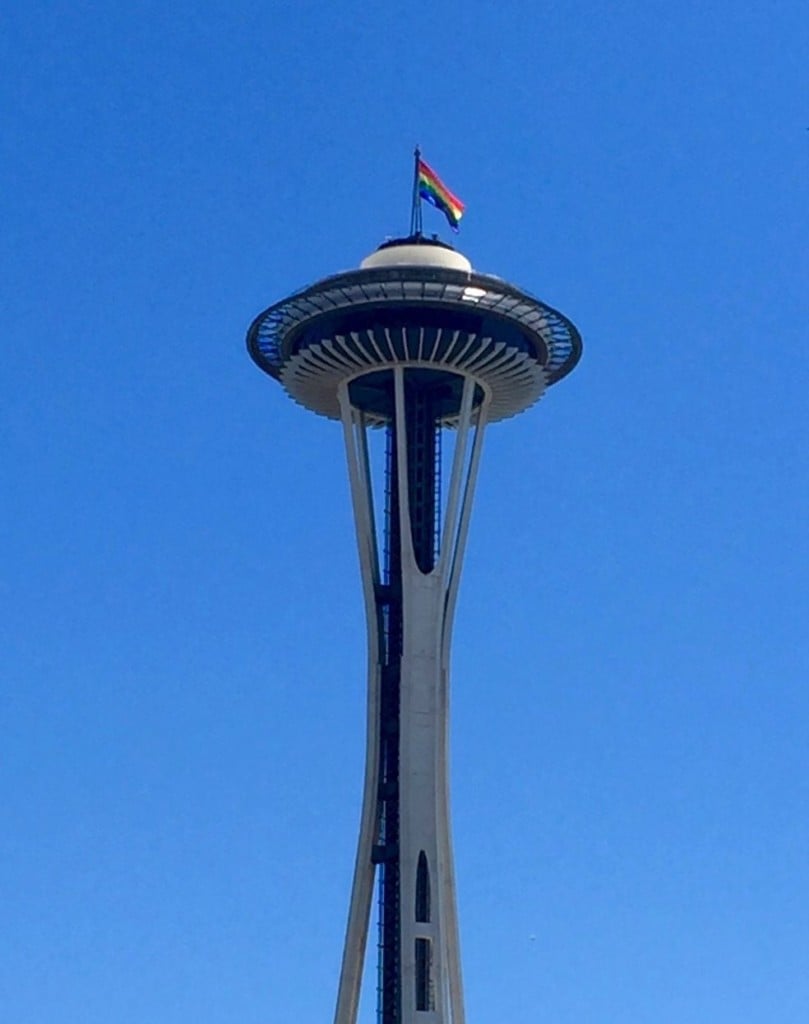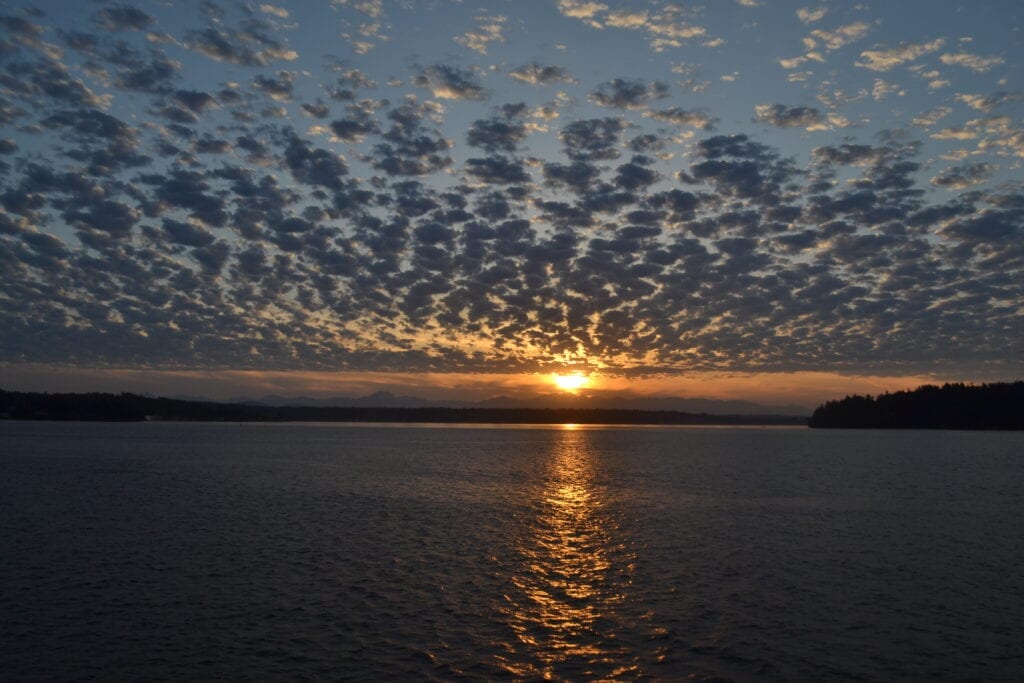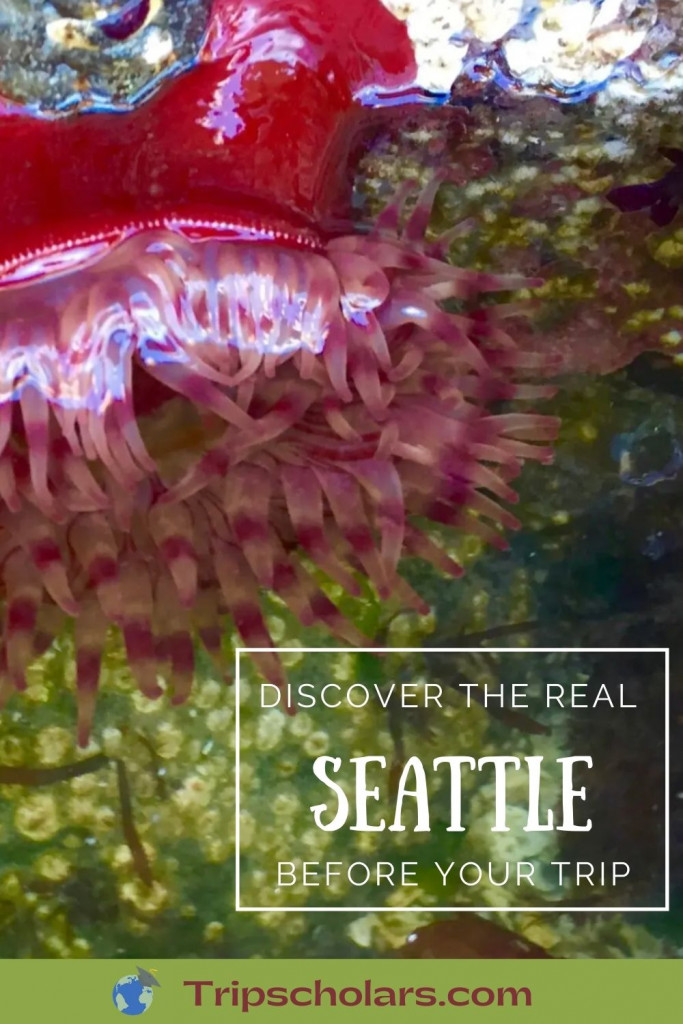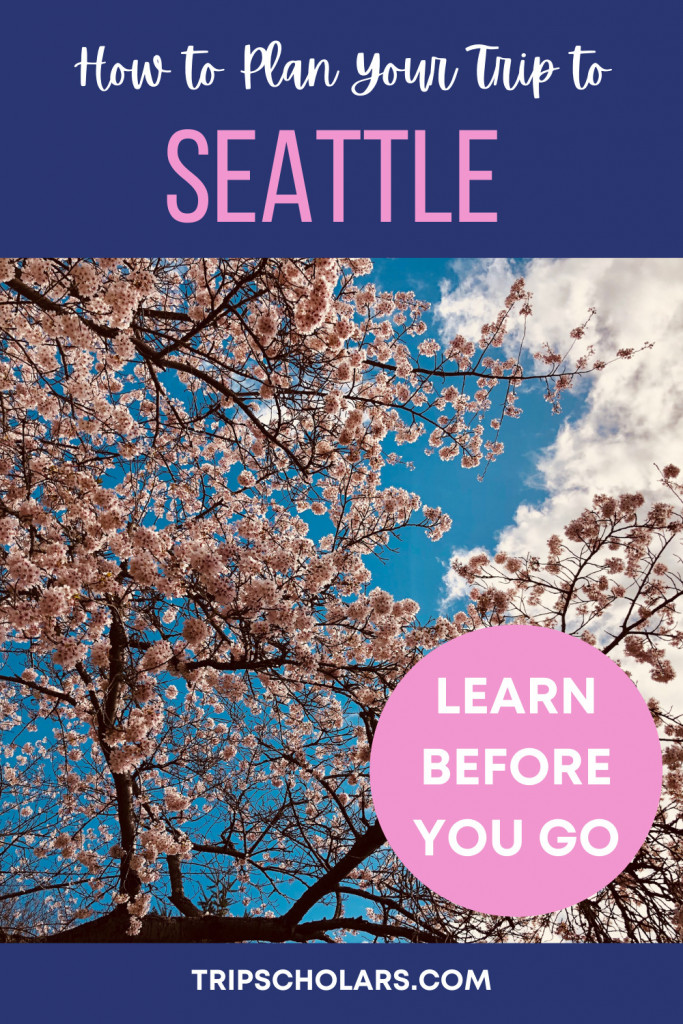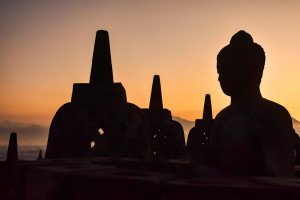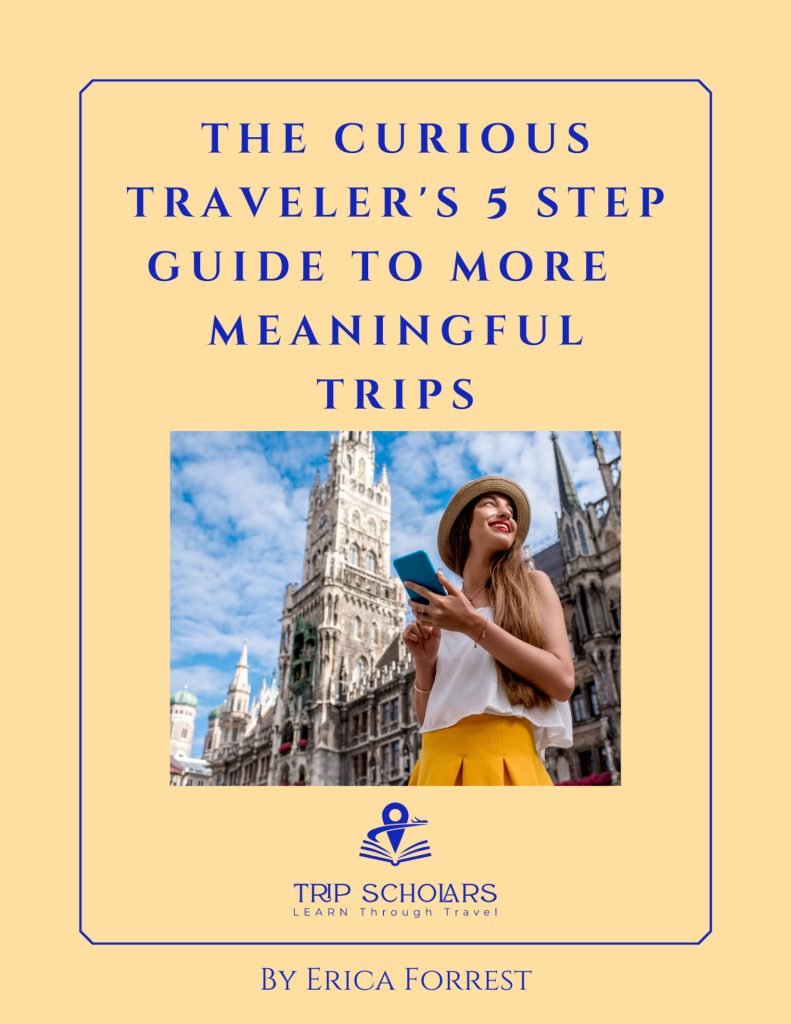In this Chihuly Garden and Glass review, I’ll share lots of tips as a local Seattleite so that you can get the most from your visit to this remarkable exhibition. The museum and gardens showcase the incredible work of world-renowned glass artist Dale Chihuly. From stunning chandeliers to intricate glass sculptures set in an enchanting garden, it offers a unique and visually stimulating journey into the world of contemporary glass art.
I have visited multiple times and recently celebrated my birthday by visiting the museum. On this last trip, I asked the tour guide and docents for their advice and best tips so that I can share them all with you. This guide will provide all the essential information for planning your visit to Chihuly Garden and Glass.
This post may contain affiliate links which means Trip Scholars may make a small commission (at no extra cost to you) if you make a purchase. As an Amazon Associate I earn from qualifying purchases. Read more here. Thanks for your support!
Is Chihuly Garden and Glass Worth It?
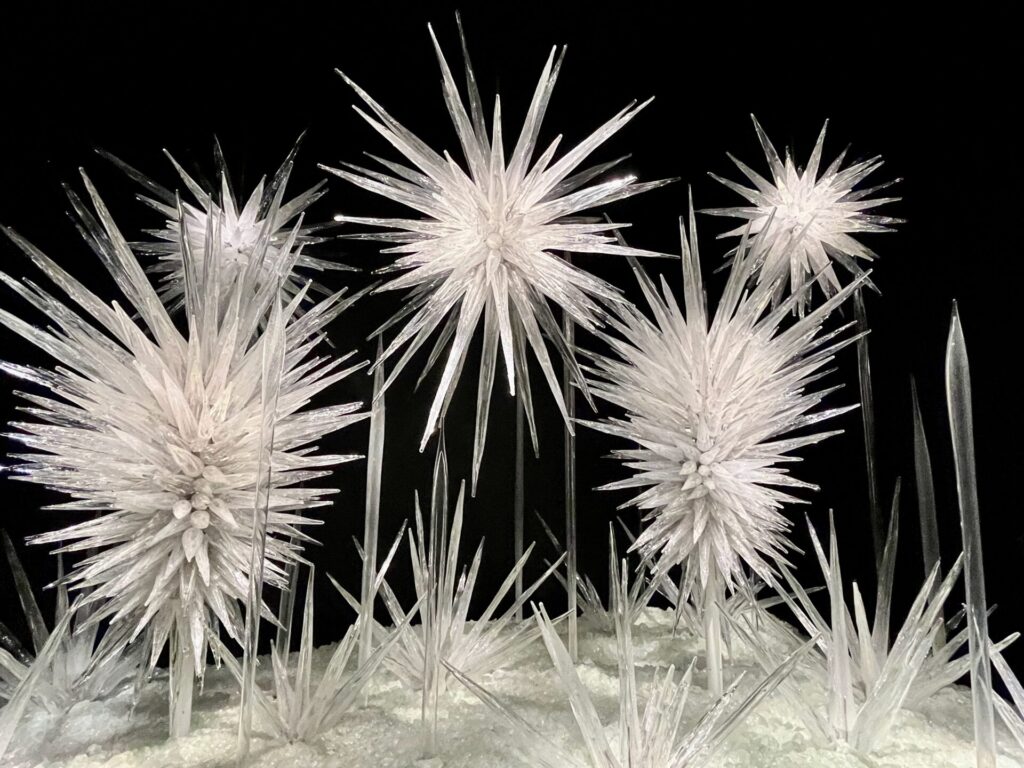
The first question most people ask is, “Is Chihuly Garden and Glass worth it?” Unless you are on a tight budget, the answer is yes! It is such a visual delight and unique experience, that it is definitely worth including in your trip to Seattle.
That being said, it is relatively expensive for its size, so I also encourage visitors to get their ticket as part of a combo pass. Stand alone tickets range from $26-$35 per person but if you plan to see many sites in the area, use the links below to purchase a combo ticket with the Space Needle or get a Seattle City Pass with admission to multiple local attractions.
Get Your Tickets Now
I also recommend that you visit the website to confirm the hours on the day you plan to visit.
Chihuly Garden and Glass Museum
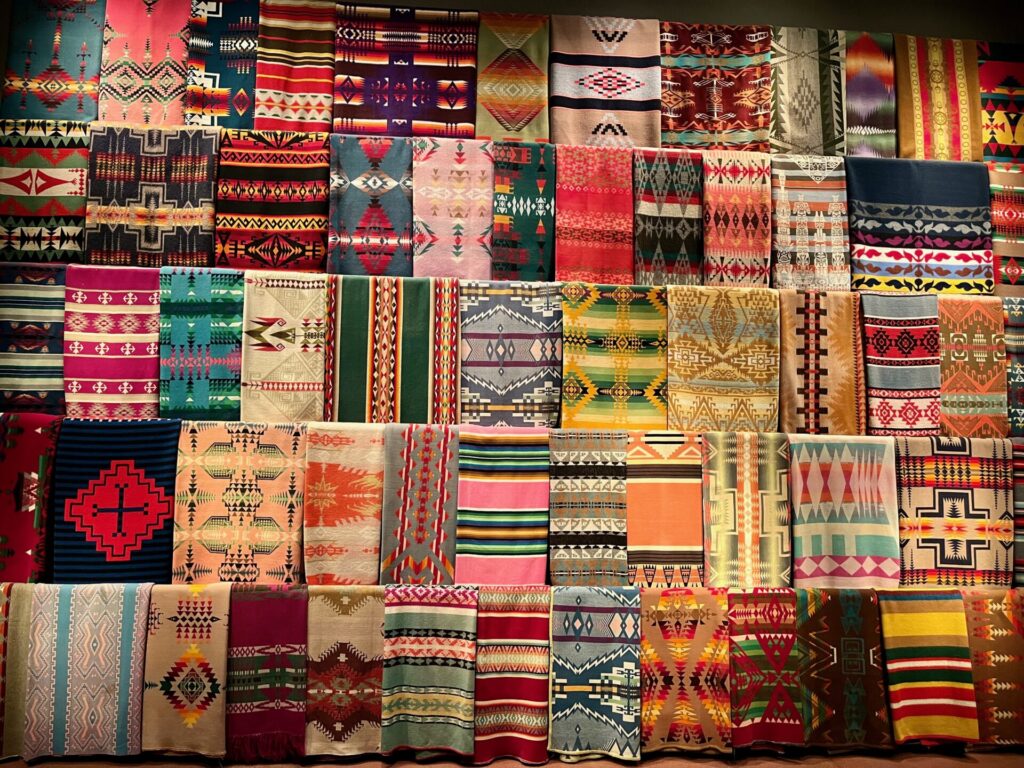
Dale Chilhuly is arguably the most famous glass artist in the world. He was born just south of Seattle in Tacoma, Washington in the United States in 1941 and fell in love with glass while studying Interior Design at the University of Washington. After a career that brought his stunning and easily recognizable installations to hundreds of sites around the world, he was asked about opening a museum at the base of Seattle’s iconic Space Needle.
Chihuly Garden and Glass opened in 2012 and the 1.5 acre site includes the Exhibition Hall, Glass House, and Garden. It is one of many world class attractions at Seattle Center, where visitors and locals enjoy museums, performances, playgrounds, gardens, sculptures, an interactive fountain, and multiple cultural and musical events.
How Long Does It Take to Go Through Chihuly Garden and Glass?
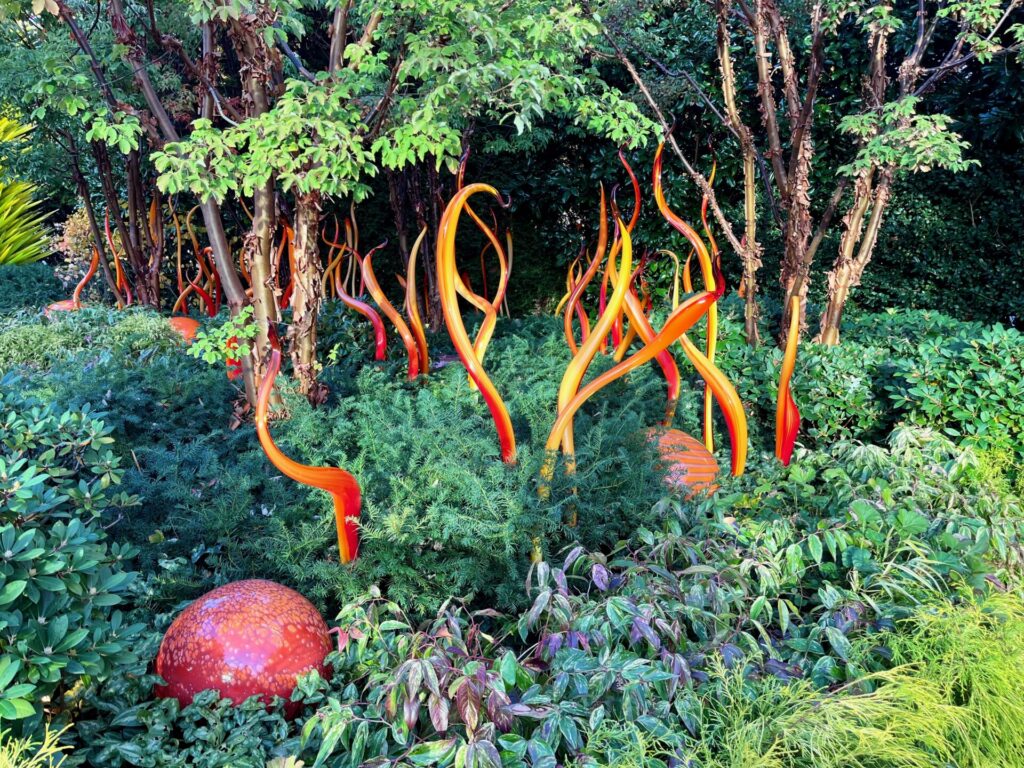
When planning your trip to Seattle, most people want to know, “how long does it take to go through the Chihuly Garden and Glass?” On average, visitors spend about 1.5 to 2 hours touring the exhibits and the outdoor garden. However, your pace may vary depending on the time you have available, your level of interest, and how much of the museum you want to enjoy.
In this Chihuly Garden and Glass review, I suggest planning for 3 hours so that you can watch the glass blowing demonstration and short films. This also gives you time to take a free docent-led tour, grab a bite in the quirky cafe, and find time for quiet contemplation on the benches throughout the exhibit. If you finish early, you’ll have a wealth of interesting options to choose from at Seattle Center.
Chihuly Museum: What to Expect
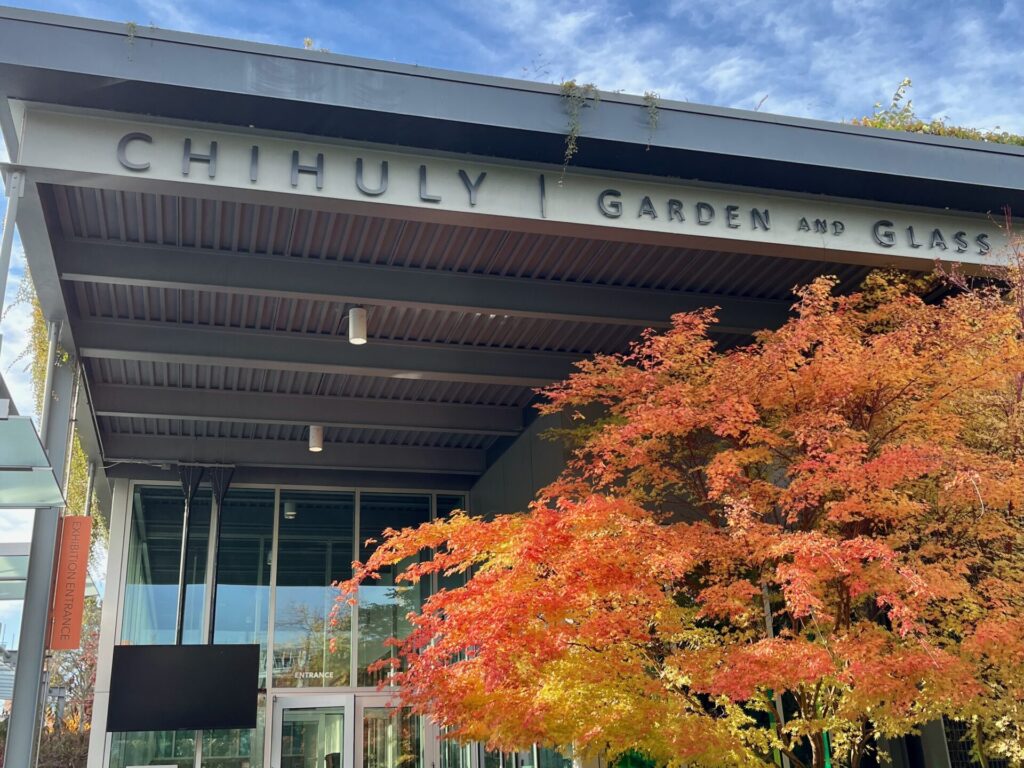
You will start your Chihuly Museum experience at the entrance where you can purchase tickets in person either at the desk or from kiosks. Again, I recommend getting a combo pass and these can be purchased in advance. There is also a coat check where you can drop off jackets and large bags. Umbrella strollers are allowed, but not larger ones. There are also wheelchairs available for use.
Chihuly Audio Tour
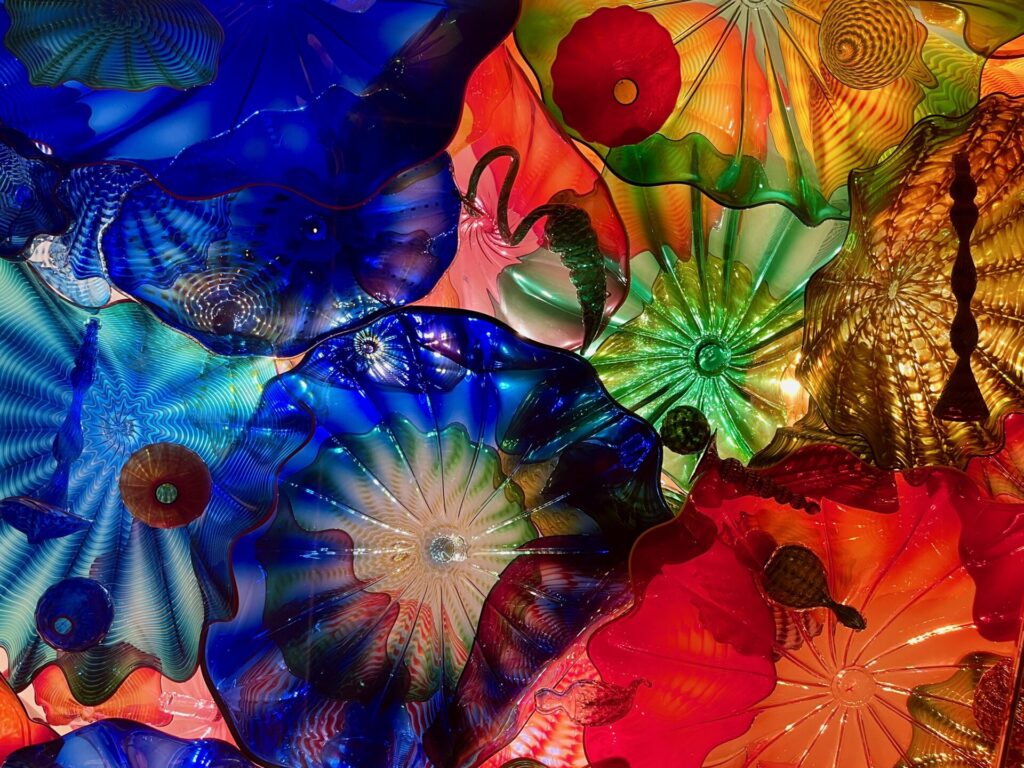
Every museum docent I asked for advice from recommended that visitors listen to the Chihuly Audio Tour. I agree that it makes for a more a memorable experience! Download the free Chihuly Garden and Glass audio tour onto your phone. You will delve deeper into the stories behind the artworks, gain insights into the artistic process, and listen to fascinating anecdotes about Dale Chihuly’s life and career. It is narrated by Chihuly and other experts.
Chihuly Garden and Glass Tour
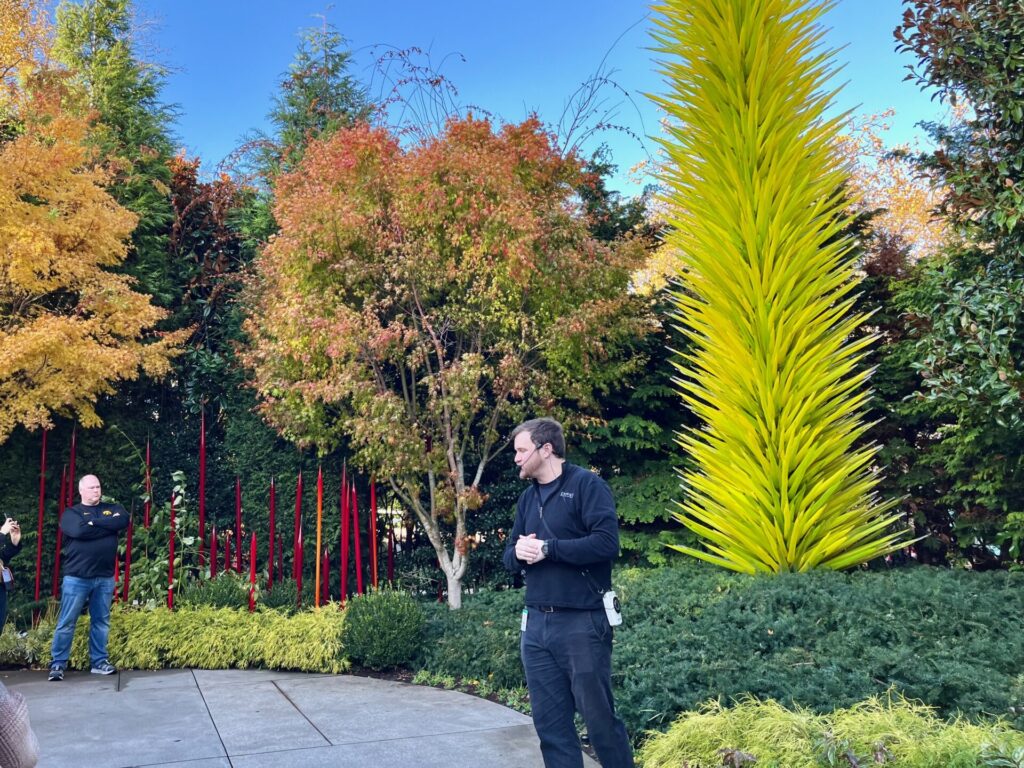
When you enter the museum, check the times for the free docent led tours. These are engaging and informative and you can get all of your questions answered about the exhibition. There are multiple tours in English every day.
Exhibition Hall: Chihuly Chandeliers, Baskets, Boats, Bowls, and Mille Fiori
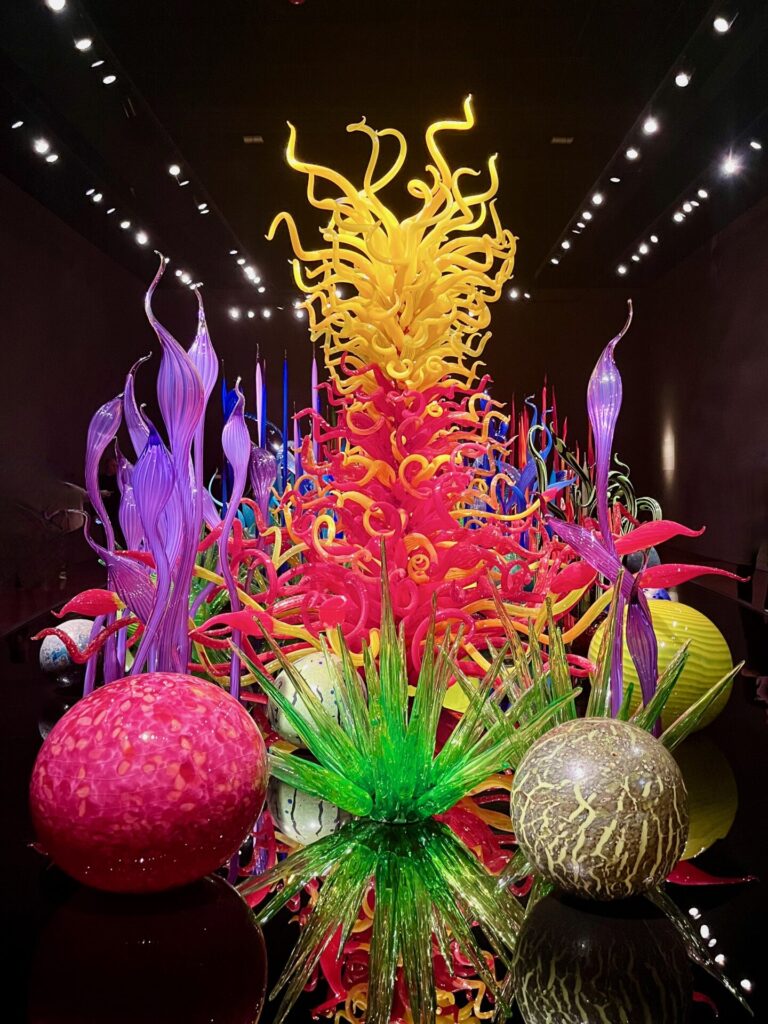
Exhibition Hall has eight gallery rooms that are a complete visual delight! Dale Chihuly’s signature chandeliers are a highlight of the museum. But the museum’s collection goes far beyond these chandeliers, featuring a diverse array of sculptures, including the iconic glass boats, bowls, and the breathtaking Mille Fiori garden.
Exhibition Hall: Education Station
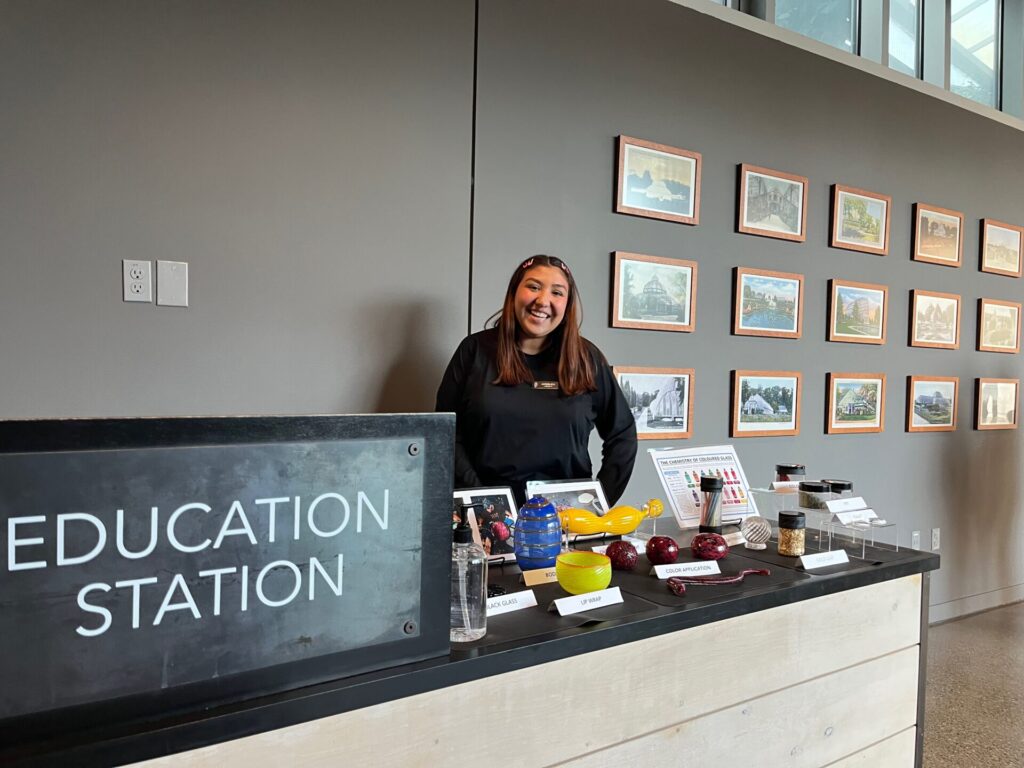
Also in Exhibition Hall, you will find the Education Station staffed by a friendly and knowledgeable docent where you can touch and feel different types of glass and materials used in the glass blowing process. You can also ask questions and get lots of helpful advice.
Chihuly Glasshouse and Glasshouse Hours
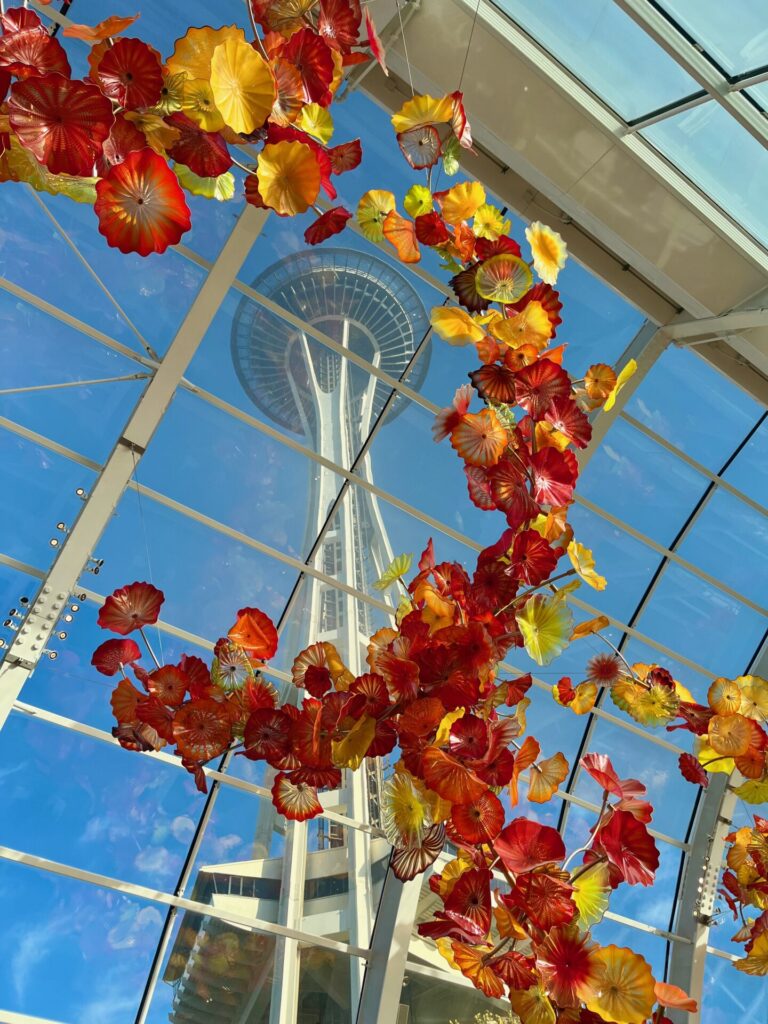
Next you will visit the famous Glasshouse, the centerpiece of the museum. This glass and steel building houses one of Chihuly’s largest suspended sculptures in a dazzling array of reds, oranges, and yellows. There is plenty of seating and this is a wonderful place to enjoy some quiet appreciation of the space. The sculpture also dramatically frames the Space Needle that soars above it, creating beautiful views and photos.
The Glasshouse is sometimes rented out for private events and is not always open. Because the Glasshouse hours can be different from the rest of the museum, check the website for the actual hours on your intended day.
Chihuly Garden
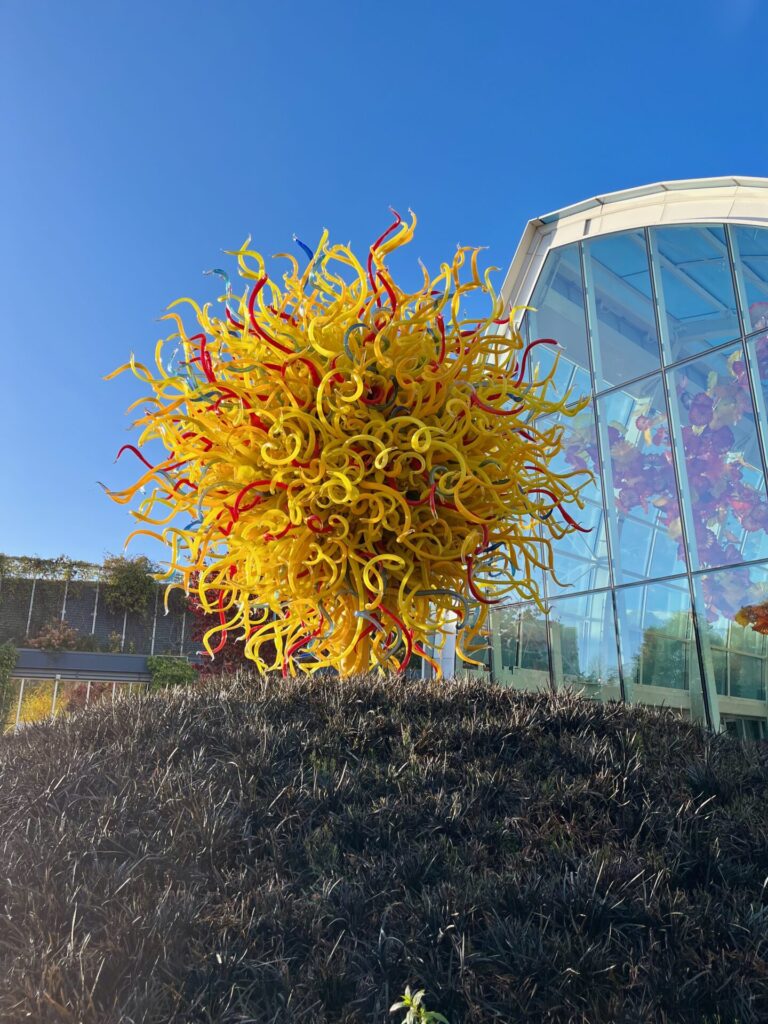
As much as I love the indoor displays, the garden is my personal favorite. The design is truly awe inspiring. The placement of the glass sculptures highlights the architecture of the surrounding buildings, including the Glasshouse and the Space Needle. Yet it is the interplay of the sculptures with the natural surroundings that breathes life into the experience.
The plants enhance each of the sculptures carefully chosen for their colors, textures, and movement in the wind. The Chihuly Garden is relatively small, but there are multiple vignettes that you will want to enjoy.
Get Your Tickets Now
Chihuly Hotshop
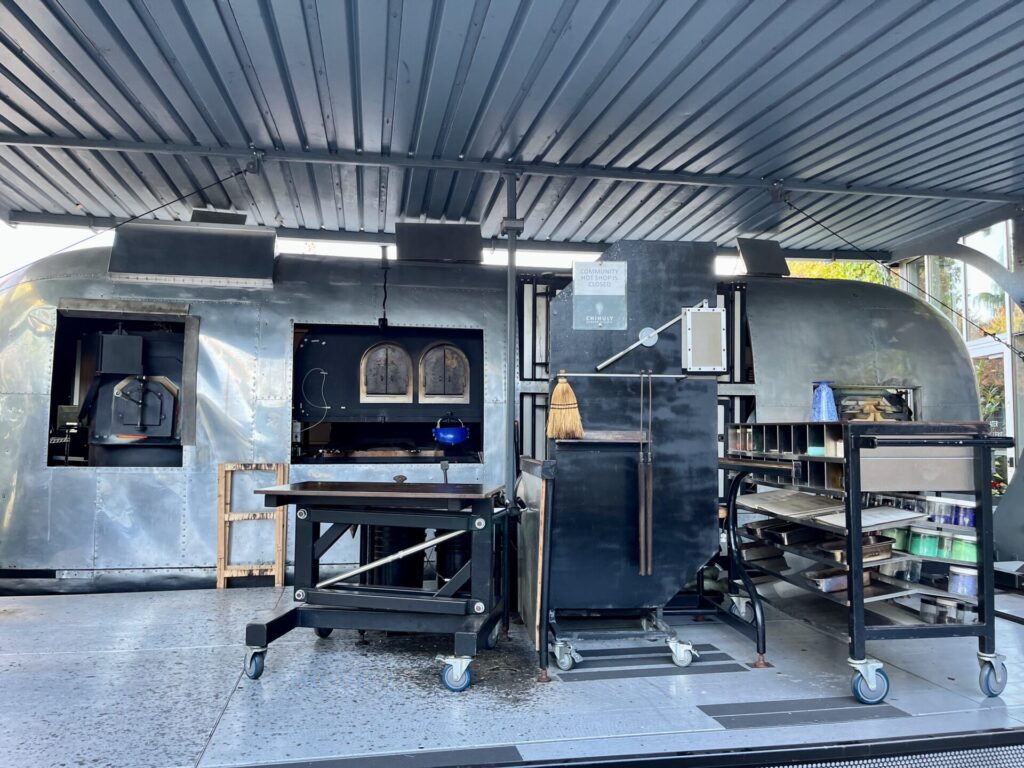
Also in the garden is the Chihuly hotshop where you can watch glass blowing artists enjoying their craft. There is ample seating and multiple displays throughout the day as long as the weather permits.
Chihuly Theater
As you exit the garden, take time to visit the theater. There are multiple short films about Chilhuly and his work that will give you a deeper understanding and appreciation of all that you have seen in the museum.
Chihuly Museum Gift Shop
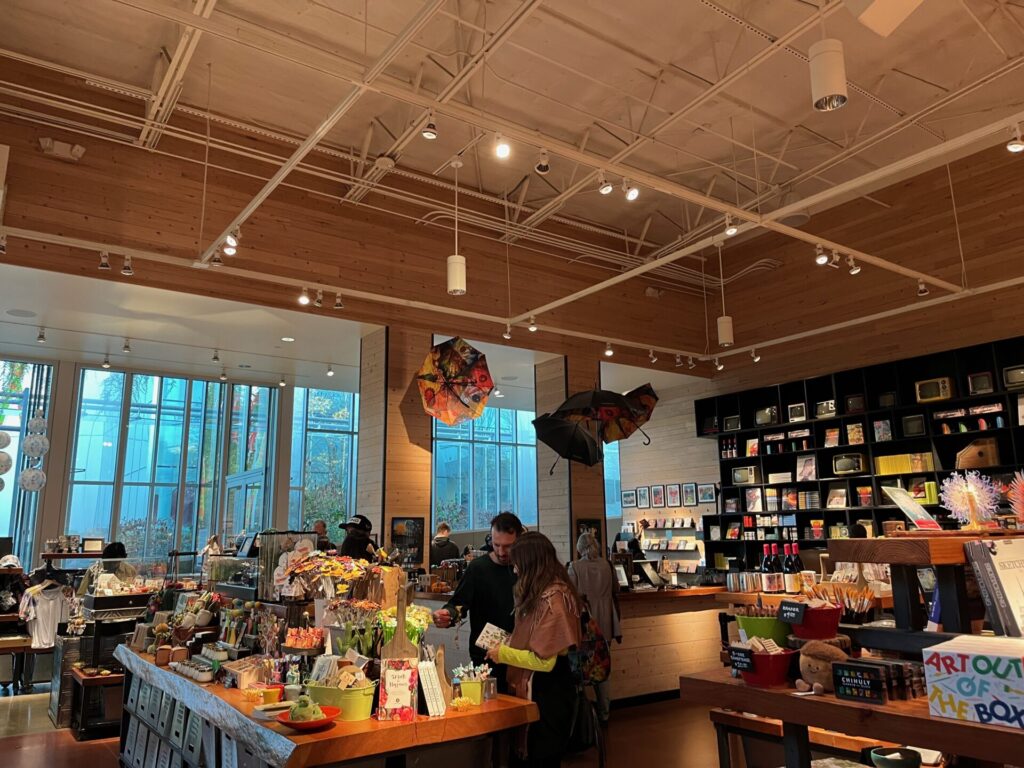
If you are looking for mementos to remember your visit stop in the Chihuly Museum Gift Shop. It is a large gift shop with artwork, clothing, stationary, jewelry, and more. They offer many items with Chihuly artwork on them as well as those thoughtfully crafted by local PNW artists.
Chihuly Garden and Glass Restaurant
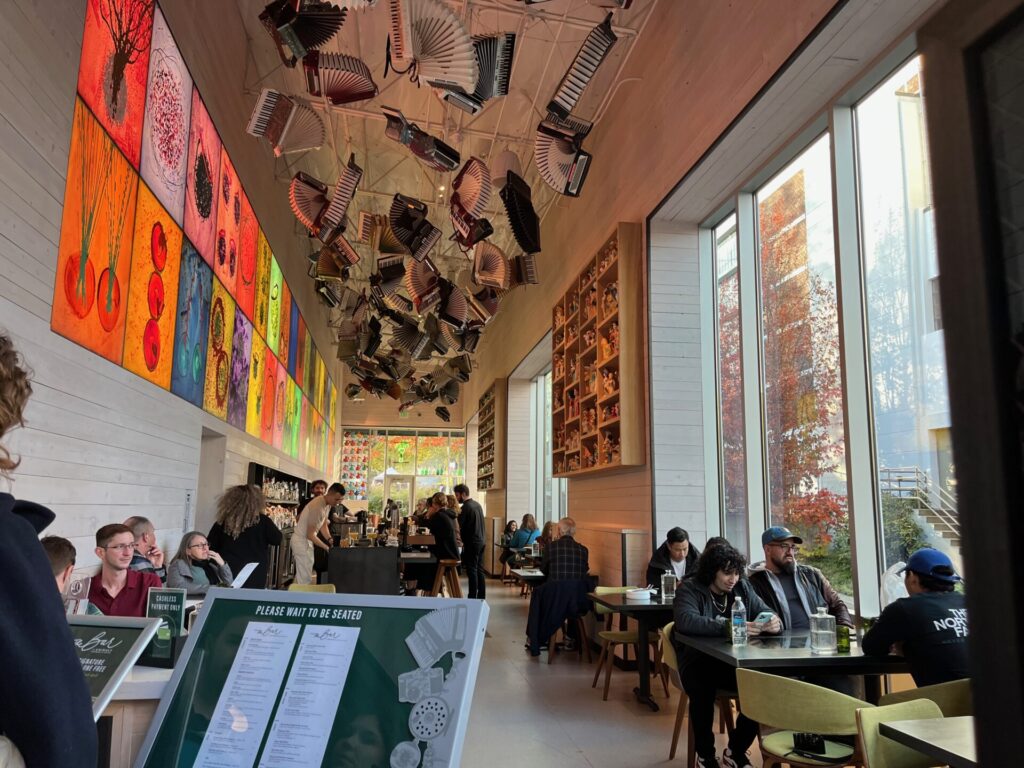
Even if you aren’t hungry, take a peek into the restaurant called, The Bar at Chihuly Garden and Glass. It is decorated with over 25 of the artist’s collections ranging from tin toys to plastic radios. This creates a quirky and unique dining experience. They have an extensive drink menu, much of it locally sourced, and the food is inspired by the Pacific Northwest.
Chihuly Garden and Glass Free Photos
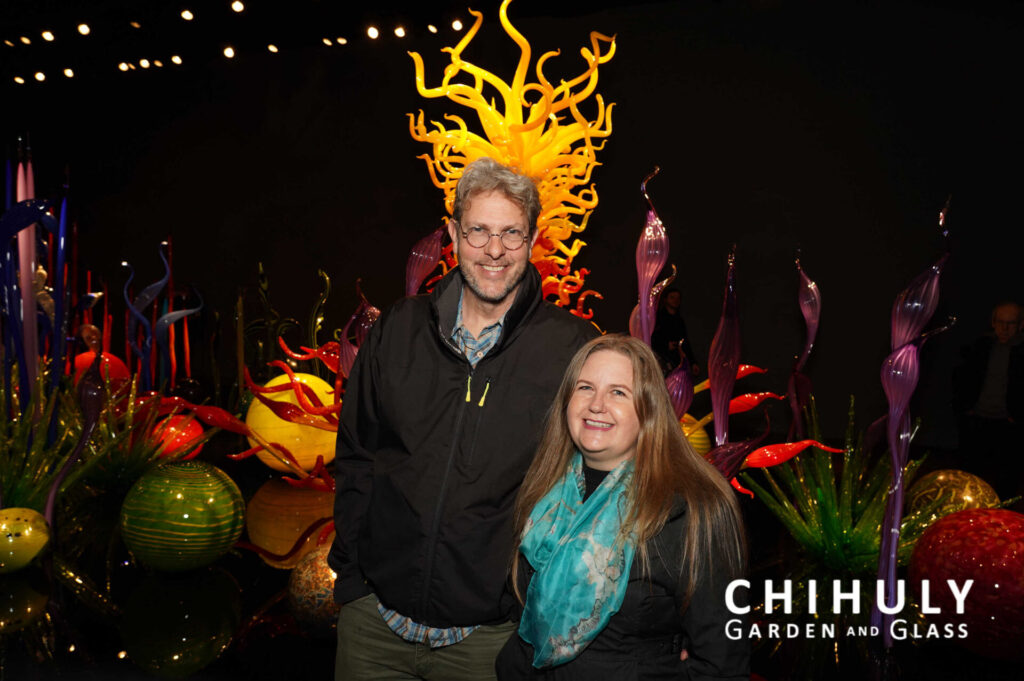
In this Chihuly Garden and Glass review, a good tip is to keep your eyes open for the professional photographers. They will take your photo and you can download free copies from this link when you get home. Just be sure to keep your ticket, which has a code that will allow you to retrieve your photos.
Chihuly Garden and Glass Photos
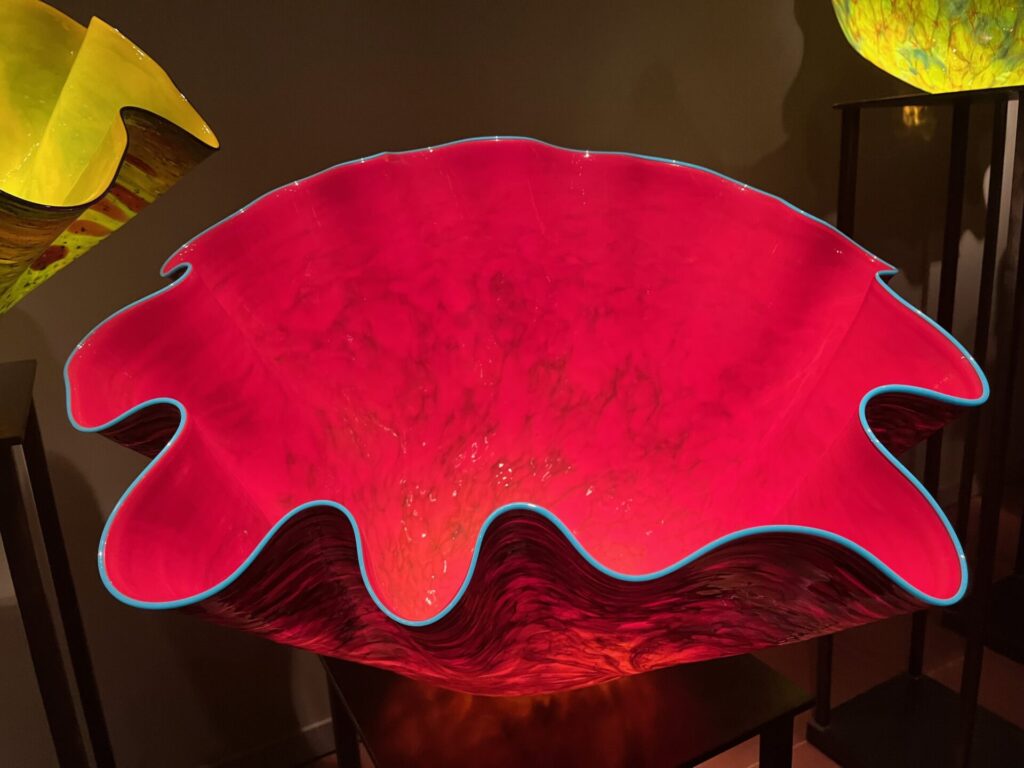
This museum is photography friendly and you will likely want to capture a lot of the experience on camera. Tripods and selfie-sticks are not allowed.
To allow yourself to stay present to the artwork, consider enjoying each room fully before going back to particular pieces you want to photograph.
Both indoors and out, you are allowed to use your flash. In fact, in the final gallery room called the Macchia Forest, you will find a fantastical collection of bowls. He mastered the art of adding an opaque layer of glass inside of each bowl.
When I asked one of the docents what she wished people knew about the museum, she was happy to teach me about the impact of lighting on these bowls. She used her phone’s flashlight to show how dramatically different the colors are with different angles of lighting. It was striking and observing with your flashlight is allowed by the museum.
Chihuly Glass Museum Parking
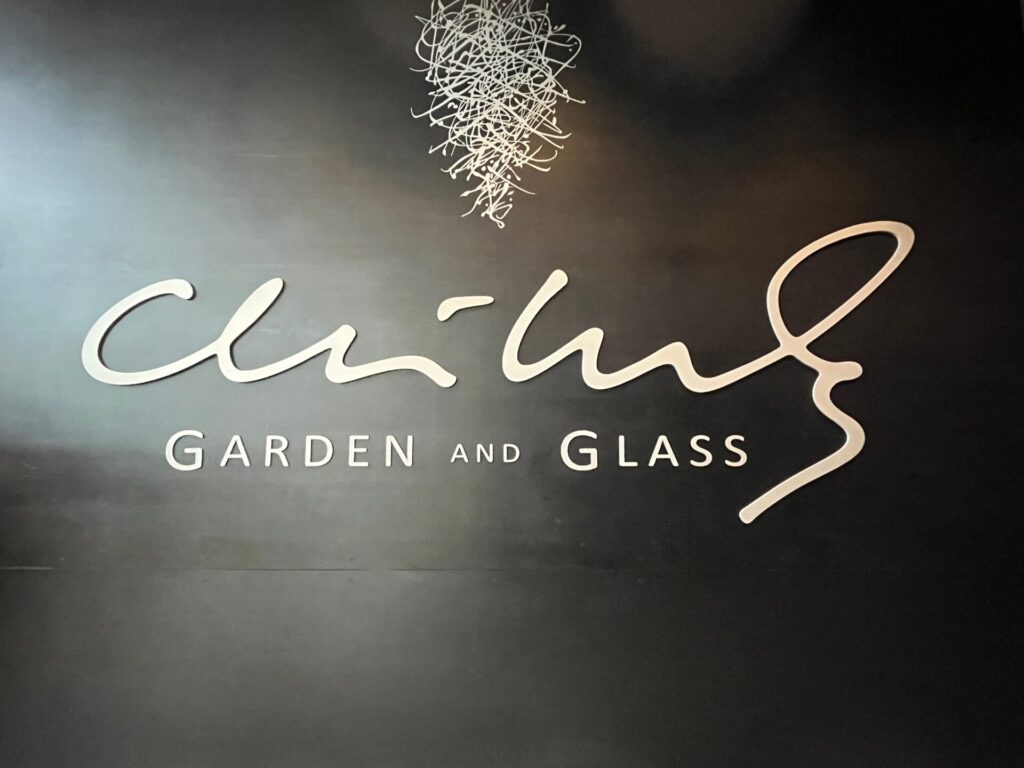
I have found parking near Seattle Center hundreds of times, and my best advice is to give yourself plenty of time to find a parking space or take public transportation.
There are parking garages and lots all around the area, as well as street and valet parking. Most parking throughout downtown is expensive and is usually paid for with parking apps through your phone.
If you are visiting Seattle from out of town and staying in the downtown area, the best way to get to the Chihuly Museum is public transportation. In fact, you can take the monorail which is probably the least expensive attraction ticket in the city!
Best Time to Visit Chihuly Garden and Glass
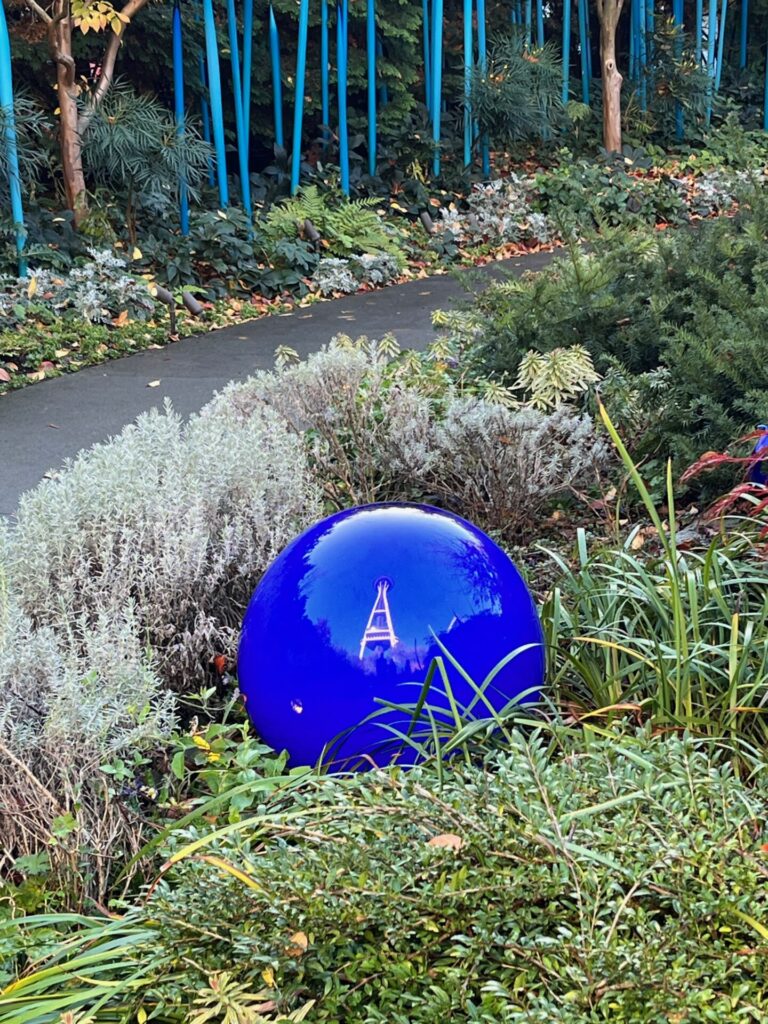
The best time to visit Chihuly Garden and Glass is during the week when it is less crowded. Crowds are also smaller in the morning and after 5:00 PM. The most crowded times are weekends in the summer.
The outdoor sculptures are beautiful but different in sunlight and the dramatic nighttime lighting.
Learning More Before and After Your Trip to Chihuly Glass and Garden
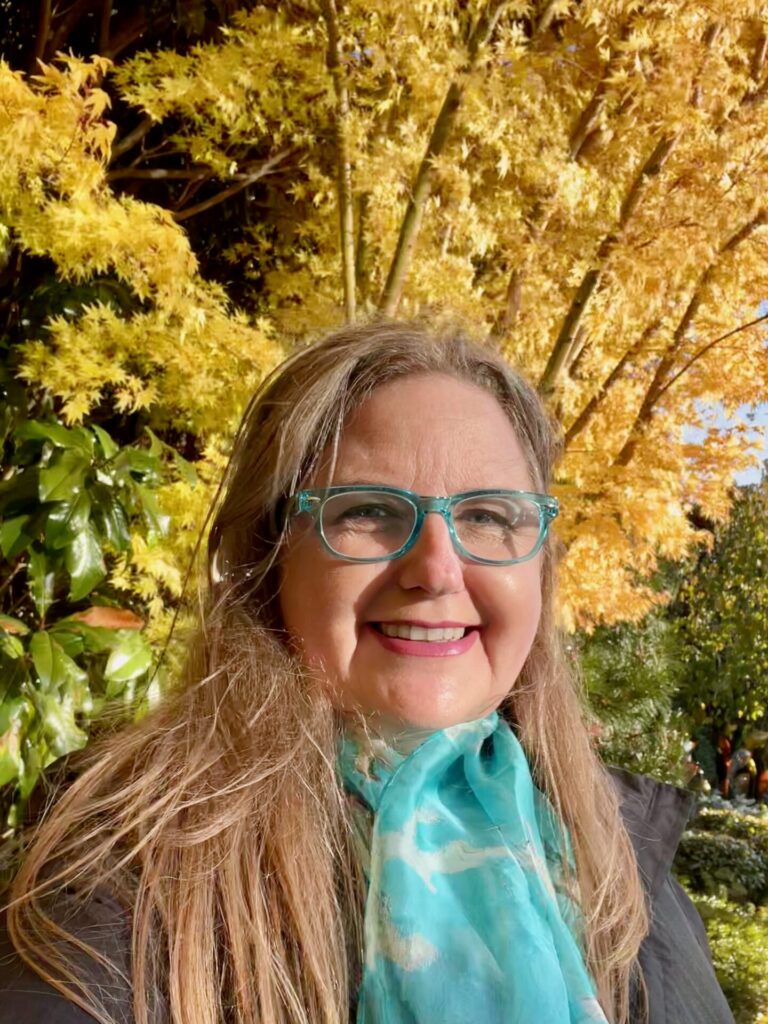
If you are planning a trip to Seattle, I have a whole article dedicated to helping you make the most of your visit to my hometown. It’s filled with activities, books, movies, sites, and more. You can learn more here.
Looking for tips about visiting museums? I’ve got you covered in Museum Tips: How to Make the Most of Visiting a Museum.
Chihuly PBS Special and Hot Shop
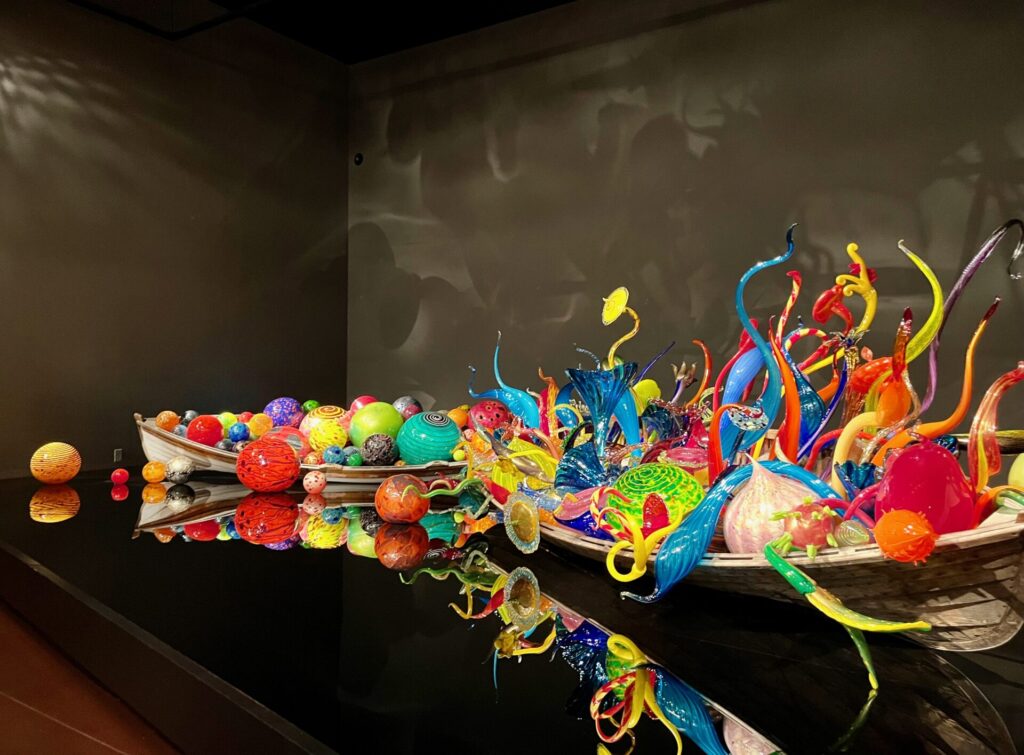
Learn more about Dale Chihuly’s journey and artistic process by watching the PBS special dedicated to the artist. Gain a behind-the-scenes look at the creation of his masterpieces, including a glimpse into the famous Chihuly hot shop where molten glass comes to life.
Watch on Youtube Watch with AmazonMore Glass Art In Washington
A short drive south of Seattle will bring you to the world-famous Museum of Glass and the adjacent Chihuly Bridge of Glass in Tacoma. If you enjoyed Chihuly Garden and Glass you will also love this museum.
Seattle has multiple glass workshops where you can make your own blown or fused glass artwork. Our family has done this a couple of times, but the studios we worked in are no longer open. You can find some to consider here.
Chihuly Garden and Glass Review Conclusion
I hope this Chihuly Glass and Garden Review helped you plan a fantastic trip! With the information provided in this guide, you can plan your visit with confidence, ensuring that you make the most of your time at this spectacular Seattle attraction. The Chihuly Garden and Glass promises an unforgettable experience and I wish you a wonderful visit.
If you have any questions or thoughts about your visit, let me know in the comments and I will do my best to answer them!
